--29c and 290 Double Decker Bus (1938-63) (cont...)
Obviously there was never a dull moment for this casting. It was involved in a continuous process of change, revision, repair and replacement.
Thanks, John, for your comment. Happy 2020 to everyone! Kind regards, Jan
Thanks John,
I love this website for all these little discoveries.
It keeps me searching for whats out there.
Me too!
I've just noticed another little factory anomaly on my original pre-war bus. The DUNLOP TYRES on the left-hand side has been applied twice. It looks as though the first application was misaligned and they made a second application to correct it. The surface has flaked off in places and revealed the original layer. The flaking may be visible in the photos as a faint line curving at one point over the T and Y to the left of the very obvious chip over the R.
This 290 Double Deck Bus with its characteristic half cab and open left rear platform entrance is a masterpiece of this British icon produced by Meccano Liverpool. It were already issued from April 1938 as Double Decker Bus with advertisement “DUNLOP TYRES” and after the war reissued as Double Deck Bus, but initially without advertising that appeared on the model again after 1954. It became very popular and during its production time till 1963 it got 3 different radiator grilles and still so many other variations that it has become a beloved collector's item.
I bought it in my home country of the Netherlands, but without a box. Fortunately, an empty 290 box was for sale in France at the same time, and coincidentally also with the correct 2-tone colour spot. Both model and box are of the Leyland radiator grille issue. In this way, I was able to acquire a beautiful new 290 combination of model and box.
It has the vertical black Dunlop advertising transfers with the very nice Italic red slogan: "The World's Master Tyre" in perfect condition, which is hard to find. This Dunlop advertisement was after 1954 reinstalled and from the early 1960’s, the vertical Dunlop letters were slanted. I think my model is a 1959/1960 issue, because it has a roof box, which was re-applied from 1960, and it doesn't have a number in the base, which was deleted late 1958. It has also a recessed place in the rear body for the license plate with cavity stop lights above it.
My model had black smooth tyres of which 2 were flat and petrified. I renewed them with ribbed Dunlop tyres, because there was a tyre change from late 1957 and ribbed tyres are also depicted for this model in the 1959 till 1963 catalogue. I special like this glossy colour scheme green-cream with the light green wheel hubs together with this very nice Dunlop advertisement version, as well as the red-cream Dunlop version. This Dunlop advertisement was very appropriate for Meccano Liverpool, because so many Dinky Toys have been released with Dunlop tyres. I don't understand why after the war the advertising did not immediately reappear on the models.
I found some nice pictures of the real double deck buses AEC and Leyland which could be the prototype of the Dinky Toys 29c/290. I think that the bus has been accurately reproduced. I discovered some small details that I haven't seen discussed anywhere before. If you look closely at the model and the photos you can see on the right side of the bus/model the foot step for the driver on the left under the cabin door and the fuel filler cap in the middle of the bus. On the left side of the bus you also see a foot step at the front near the cabin. These are very small details, but they should absolutely not be overlooked and I think it's classy that Meccano Liverpool have also reproduced these small details. Enlargements of the respective Meccano drawing clearly show the relevant details.
No picture of a box has been shown here yet so I'm showing my 290 box here. Also a photo of the mask spray painting of the Dinky Toys 29c Bus at Meccano Factory Liverpool in the 50’s should not be missing in this topic.
Note: I could only find picture boxes with an image of the Leyland grille version. Are there picture boxes known with an AEC grille version?
** Recently this hard back book (154 pages) is published: "The English Dinky Bus & Coach” by Roger Bailey, with all the details about all Dinky buses. (I don’t yet have this book)
Jan Oldenhuis, 10 September 2021.
Jan, the 29c/290 is my absolute favourite Dinky. Thanks for sharing your beautiful example and for the excellent article.
I have been patiently anticipating the publication of Roger Bailey's book on Dinky buses but have not yet discovered how to obtain one. Perhaps Terry can enlighten me?
Jan--Many thanks for once again hi-liting this most wonderful model that Meccano made over a period of many years. It surely must have been one of their best sellers due to its huge popularity. And with so many variations it is a collectors delight! Your new one is lovely, and those Dunlop decals add so much to its appearance......I really like this version too. My version, very similar to yours, was purchased new around 1959, from the US distributor H.Hudson Dobson, and has remained one of my favorite Dinky Toys over all these years. Mine is a few years older, having the number on the base, and smooth tires.
On another note, I just received my copy of Roger's new book, and was delighted with it. Lots of very good photos, and very good focus on all those 29c/290 variations over the years. We had heard several years ago he was working on it, so I was very glad he was able to publish it.
Best regards, Terry
Hello Terry
Can you tell me how to obtain Roger Bailey's book? I've been waiting for it to appear since it was spoken of here about four years ago but I can't find any new info.
Thanks
John
A firm and thorough contribution by Jan O indeed! Fine double decker addition, Jan!
I happened to write a review of Roger's book for Auto in Miniatuur (not yet published). As the original plan was for him to sell the books on the NEC and Sandown toy fairs, I asked him if he was already capable of taking orders by email. And so he is, and he was happy to allow, even to welcome unveiling his emailaddress for orders. So here it is: dinkybusesandcoaches@gmail.com.
Kind regards, Jan
John---I see that Jan has just posted Roger's contact info, so I won't bother repeating it here. However I did want to mention that he does accept PayPal, and was very prompt on sending me my copy. Sadly, the postage to mail it to the USA was quite expensive, but obtaining this excellent book was worth it.
Best regards, Terry
Sorry, Terry, a bit too quick!![]()
Kind regards, Jan
Thank to Jan W and Terry. I appreciate it.
John
3 nice acquisitions I could acquire, with which I am very happy. For the sake of completeness, I show the models from all sides.
1*) Dunlop upright advertising version type 3 AEC radiator grille - Rear mudguards incorporated in the body instead of in the chassis - Darker green/cream livery - Without roof box - With number 290 in base, dated between 1957 – 1959.
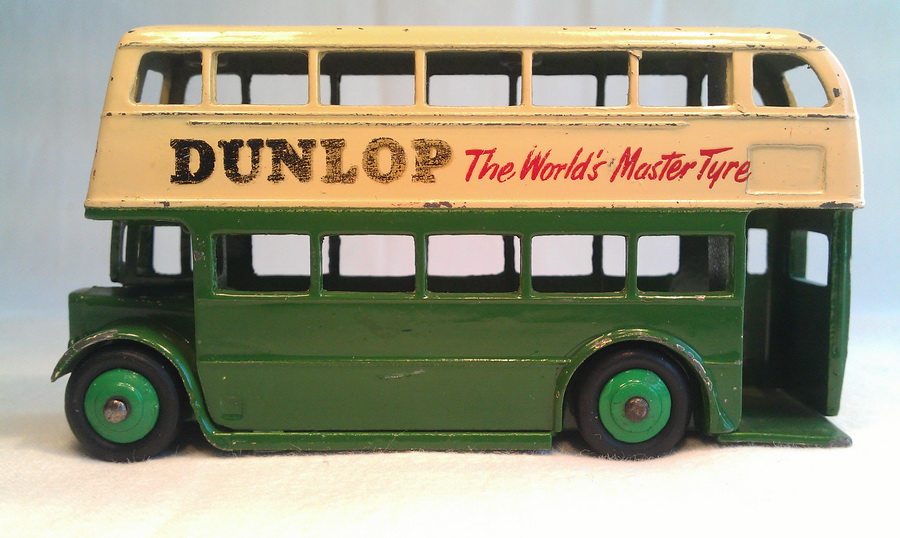
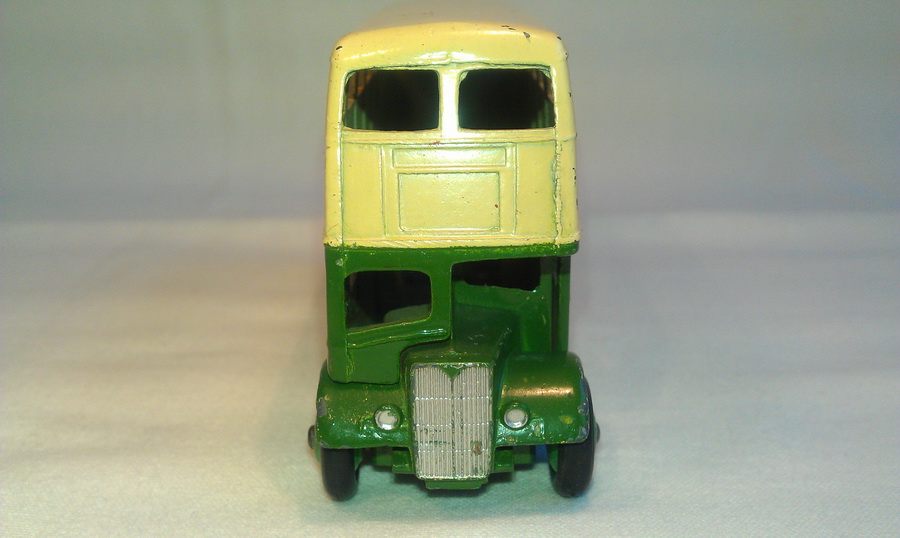
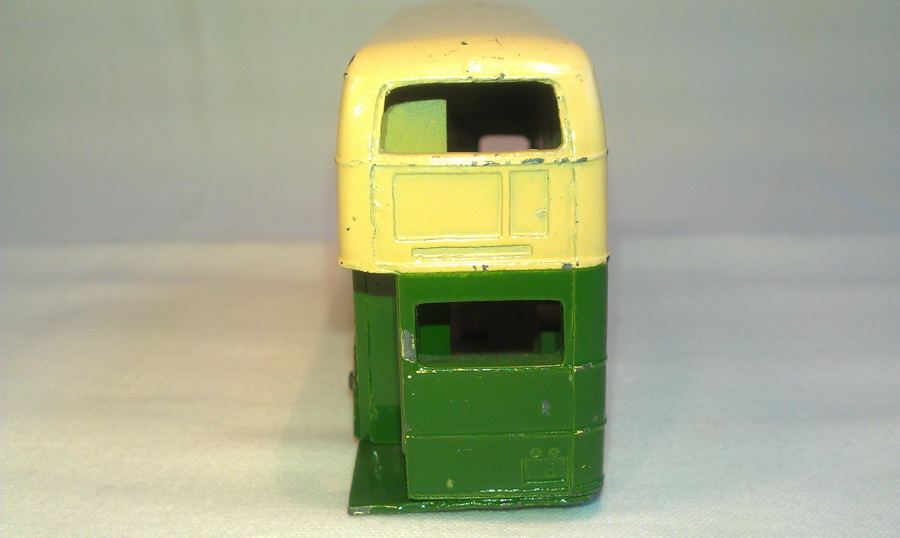
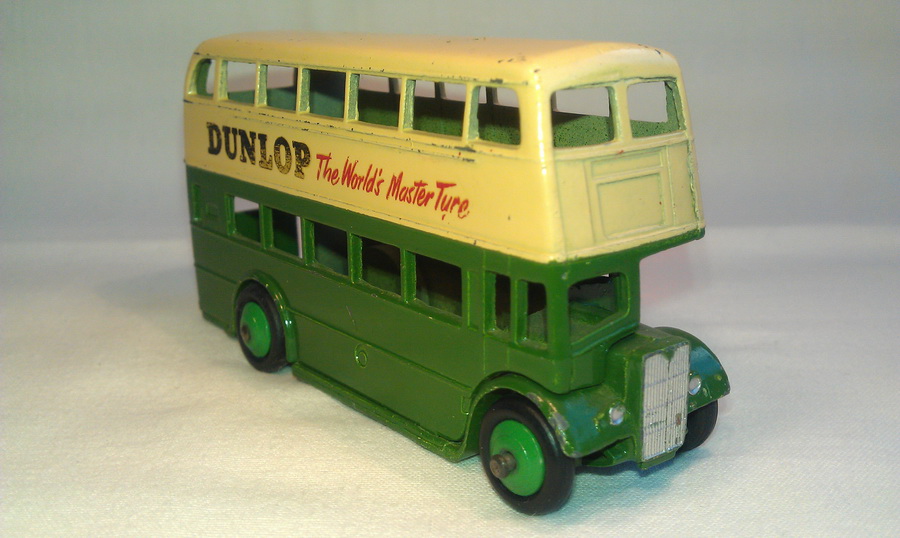
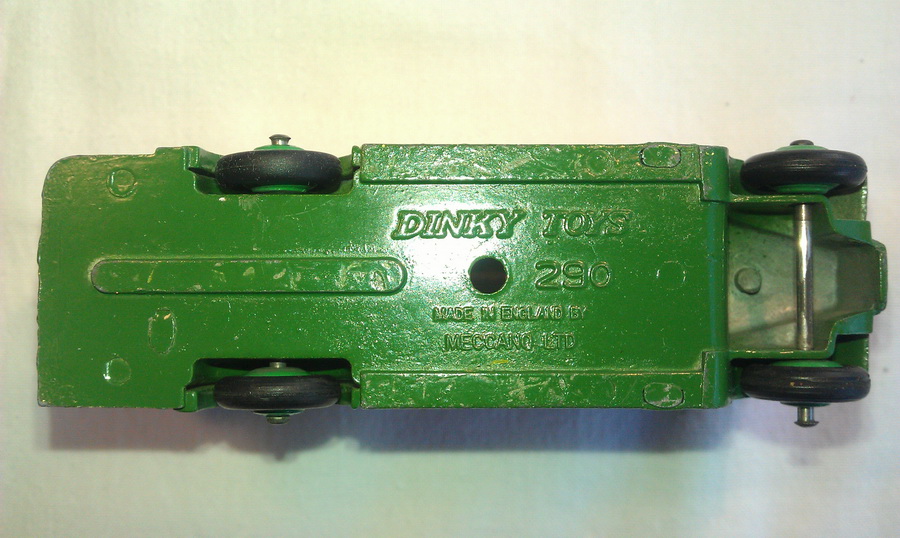
2*) Dunlop slant advertising version type 2 Leyland radiator grille - Spun hubs - Red/cream livery - With roof box - Without number in base. Issued shortly ca. 1962.
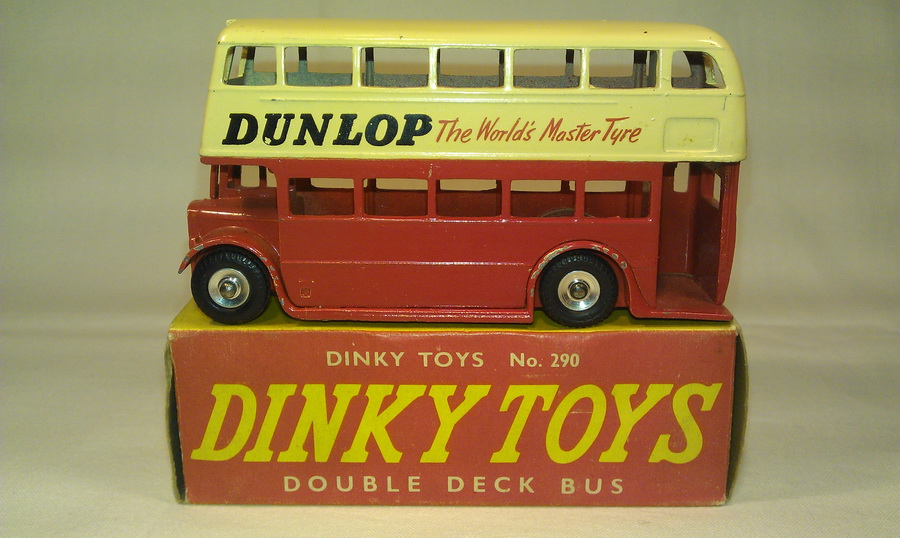
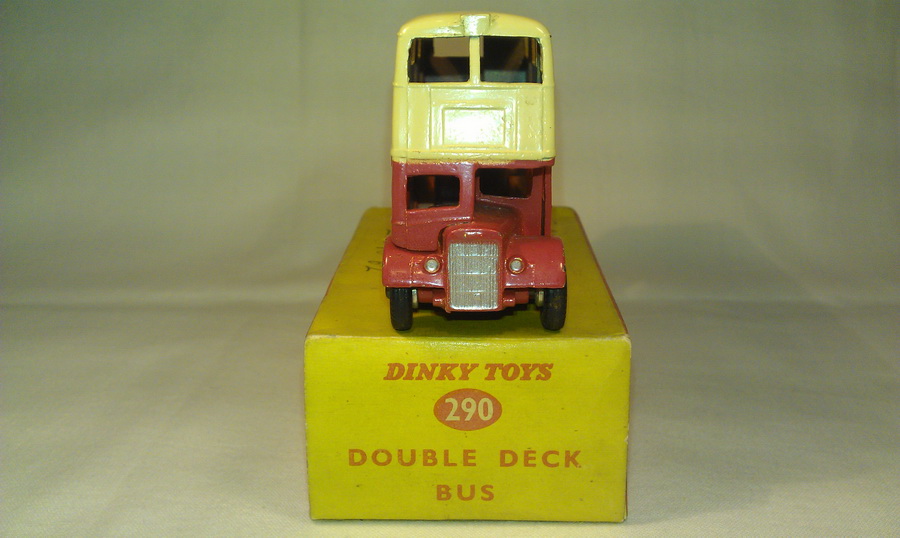
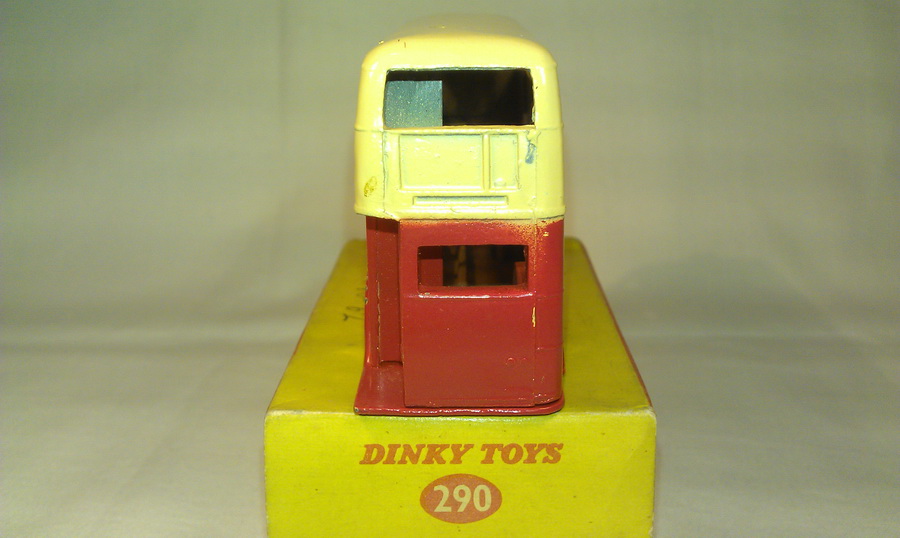
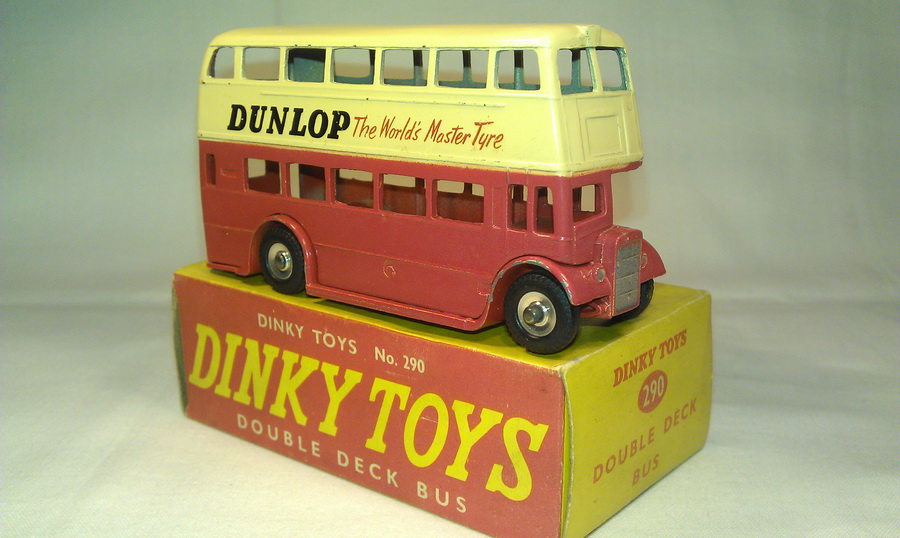
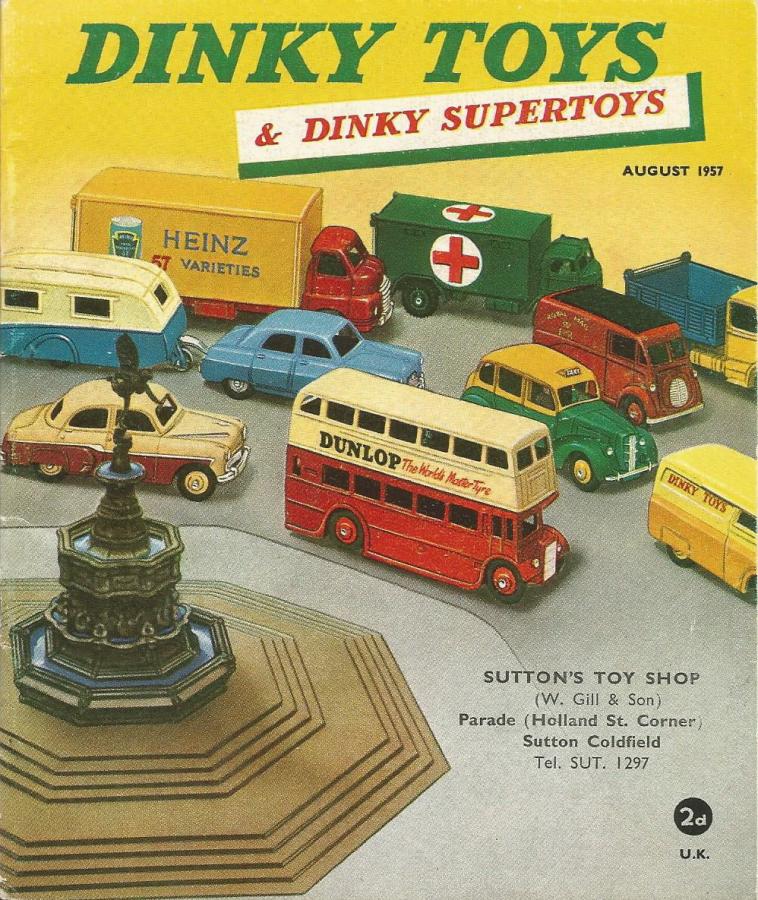
Picadilly Circus with 290 Double Deck Bus "DUNLOP" with Leyland radiator and 254 Austin Taxi on front page Dinky Toys catalogue UK August 1957.
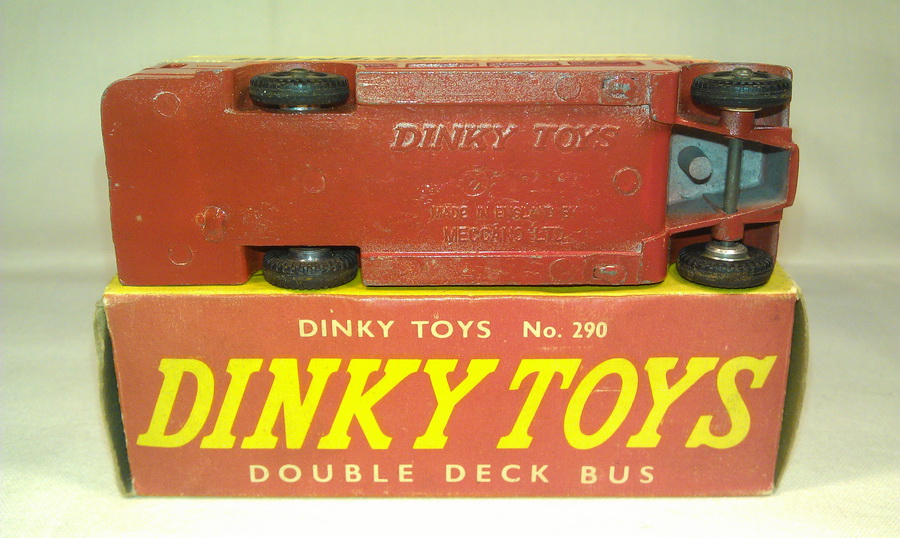
3*) Same as number 2 above, but in lighter green/cream livery and light green coloured plastic hubs. It is the last version, issued shortly ca. 1963.
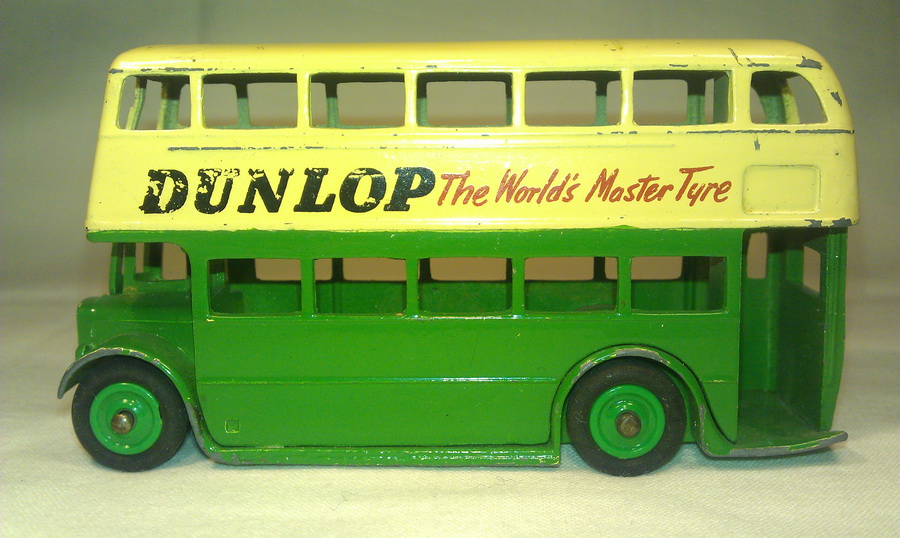
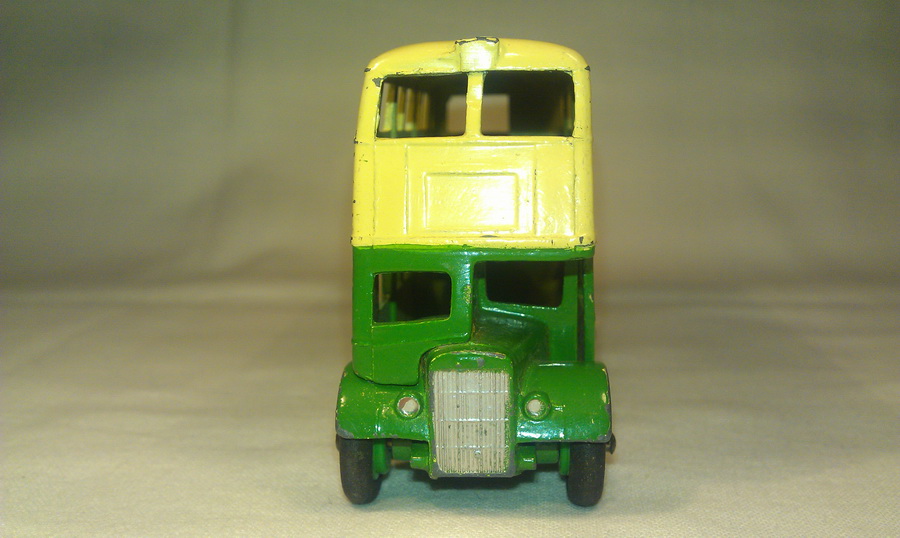
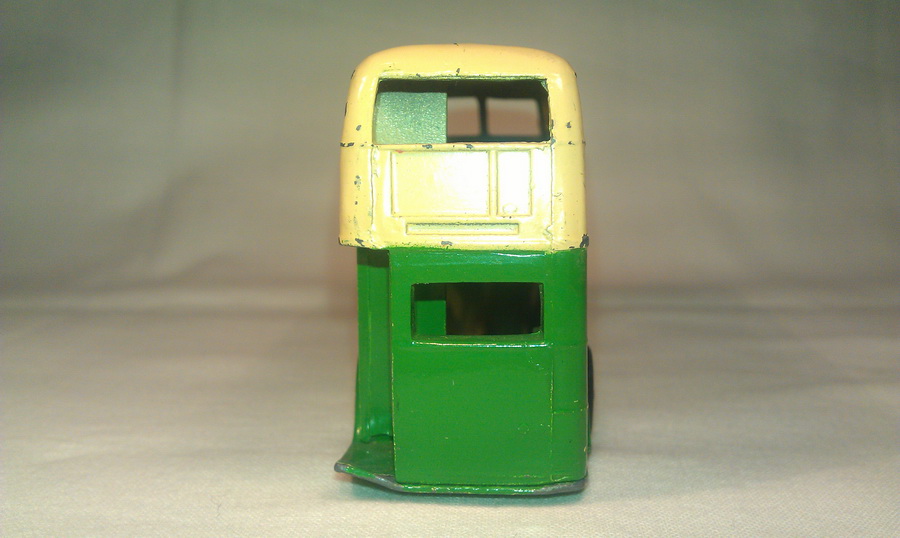
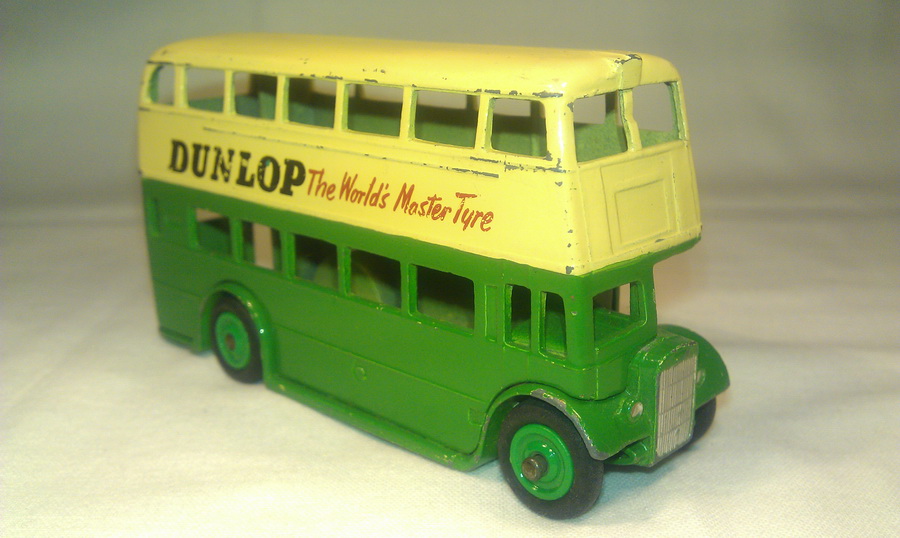
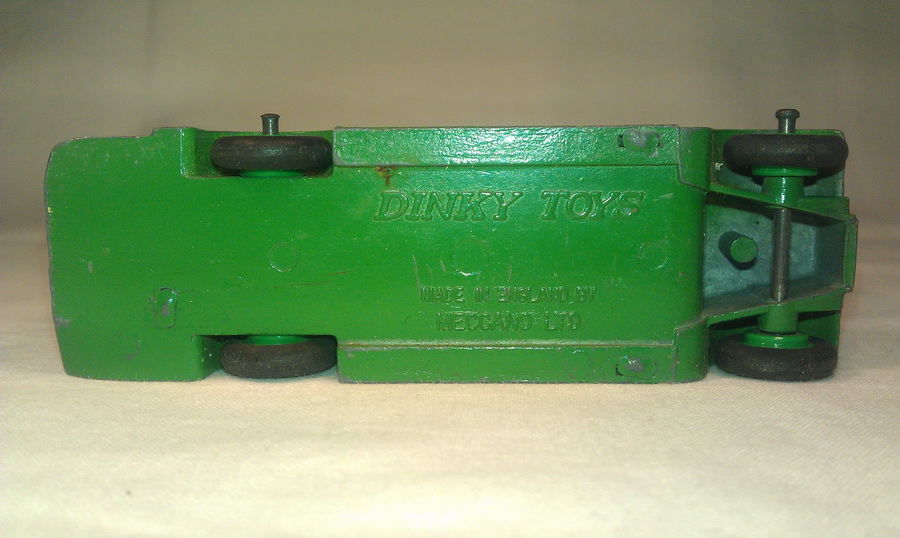
First of all I would like to say that I very enjoy Roger Bailey's excellent book with a lot of information and photos about casting- and colour differences. It is a must to have for all collectors to discover differences. Roger Bailey gave me permission to include passages from his book in my contribution.
As Roger Bailey states on page 4: “This classic toy was in production from 1938 until 1963. Throughout its manufacture it remained basically the same toy but with a number of casting changes, though clearly showing signs of wear after so many years. There were three basic types of casting for this toy and each had a different radiator plus other slight changes. For simplicity here they’re called Types 1, 2 and 3. One of the challenges for the collector is that several moulds were being used and so there are many combinations to look for. Sometimes more than one type was being made at the same time as another, with the total number of variations claimed to be in excess of 70”
Bailey classify the castings as follow: type 1 as AEC STL; type 2 as Leyland STD (Titan PD1) and type 3 as AEC Regent III radiator grille.
While searching documentation, I noticed that Roger Bailey and Richardson’s classification differs from the classification of Vectis, the Dinky Toys Price Guide and Ramsay's Price Guide, which classify type 2 as AEC and type 3 as Leyland. That’s a pity because this can cause confusion in discussions outside the DTCA if only the type and not the name of the radiator grille is mentioned. Bailey and Richardson apparently keep the order of the year of production.
I especially like the post-war Dunlop advertising versions of which I have now 4 main versions. It's very nice and a challenge to discover all the casting differences. Type 3 AEC and everything related to it has my special interest.
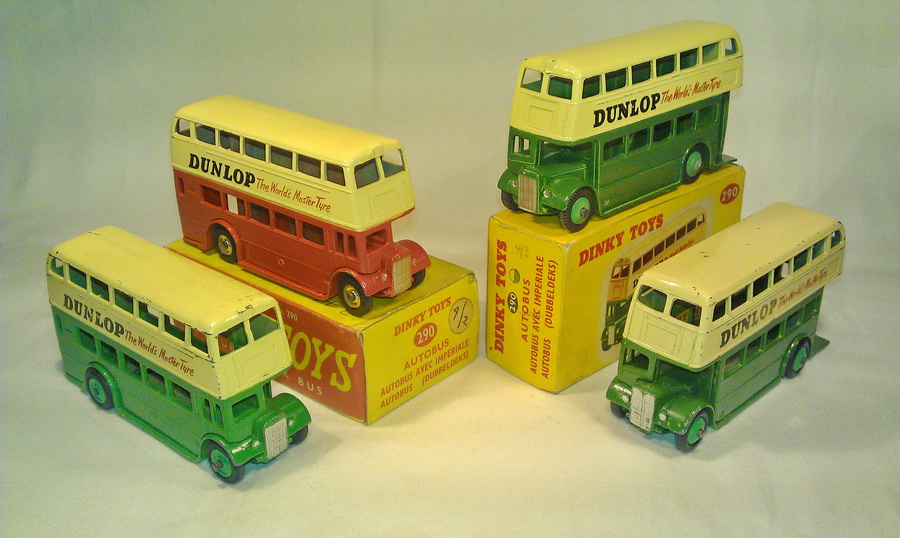
My 4 main versions of 290 post war Dunlop advertisement - Aren't they beauties?
In his book, Roger Bailey states: “Type 3. It’s often referred to as the AEC Regent III Series 2, which was a real vehicle brought into service in 1947 for the provincial British operator and also for export.”, but unfortunately does not show a photo of it, so I went looking for pictures.
On Wikipedia I found a beautiful picture of a fully restored AEC Regent III double deck bus with a beautiful AEC radiator operated by City of Oxford Motor Services 1950, Weymann low bridge body and now resident at the Oxford Bus Museum. Also a picture of an AEC Regent III pre 1951 of Liverpool City Transport with Weymann body. It has 6 side windows on the upper deck instead of 7 like the real model, but I think that's not that relevant to find the right type of the radiator grille.
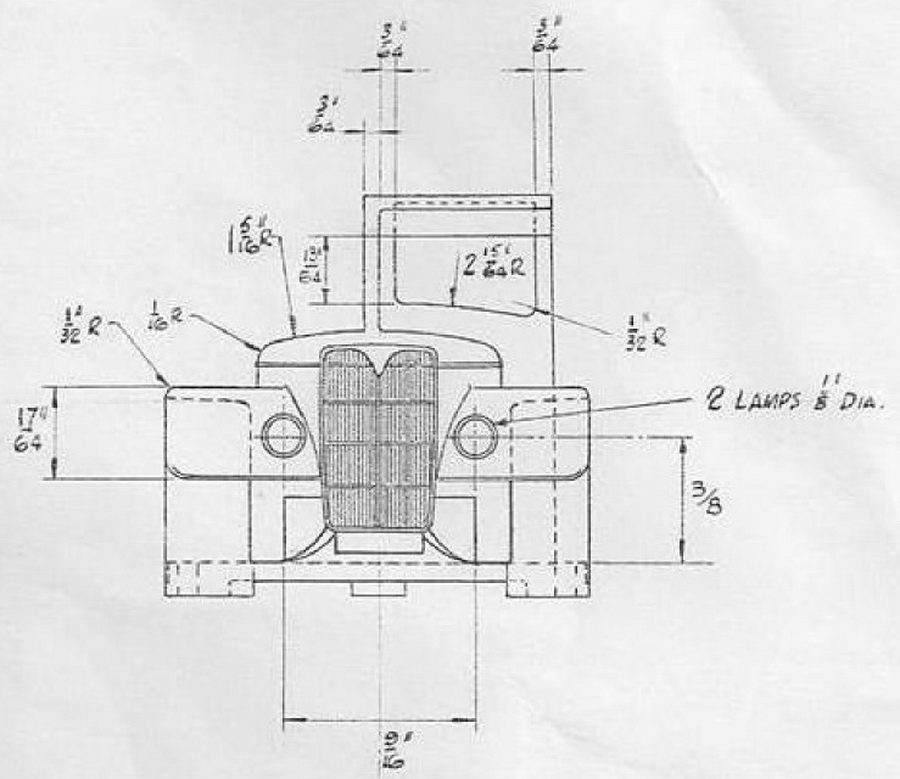
Post war Meccano drawing front side double deck bus with AEC radiator grille.
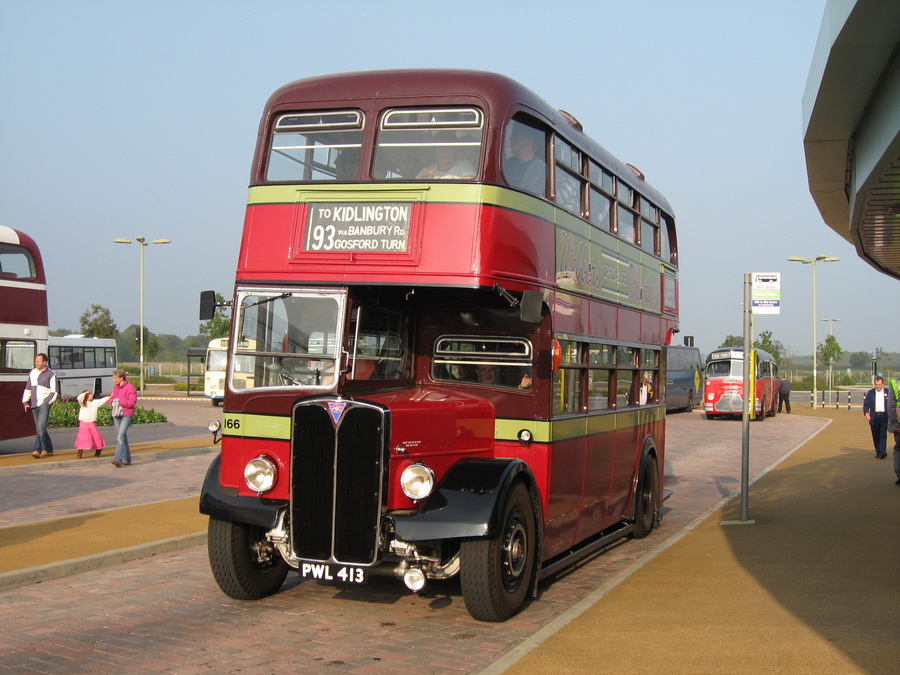
AEC Regent III City of Oxford Services 1950 Weymann low bridge body. Photo Wikipedia.
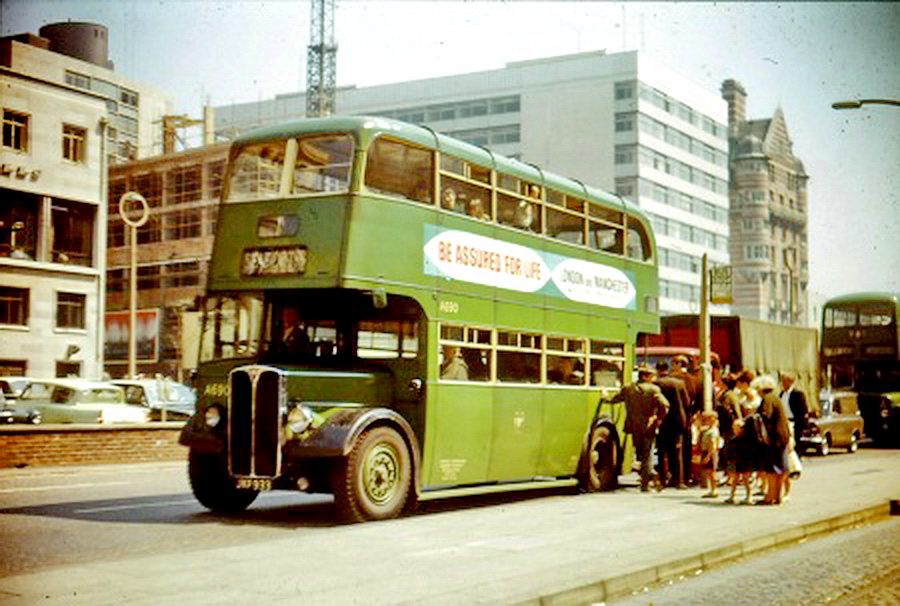
AEC Regent III Liverpool City Transport Weymann body pre 1951 – Photo by courtesy of Old Bus Photos.
As said, most interesting I find the casting of type 3 with an AEC Regent III radiator grille. The rear mudguards are incorporated into the body instead of the chassis, as already pictured by Jan W in comment #23.
Mine type 3 is a later one in a Dunlop advertising version with pin-head axles, instead of crimped axles. It has also not directly visible inner casting differences, such as a number of vertical interior ribs on both inner long sides of the body corresponding with the window bars and also ejector marks on the both inner long sides of the roof. There are also casting differences not mentioned in the book, such as the narrower window bars of my type 3 compared to my type 2 as shown in a photo below. Indeed, as Bailey states, it’s a challenge to discover all these differences and it’s too extensive to describe all those differences in the book. Below I show pictures of these casting differences not depicted in Bailey's book. It’s also a challenge to properly photograph the inner casting differences.
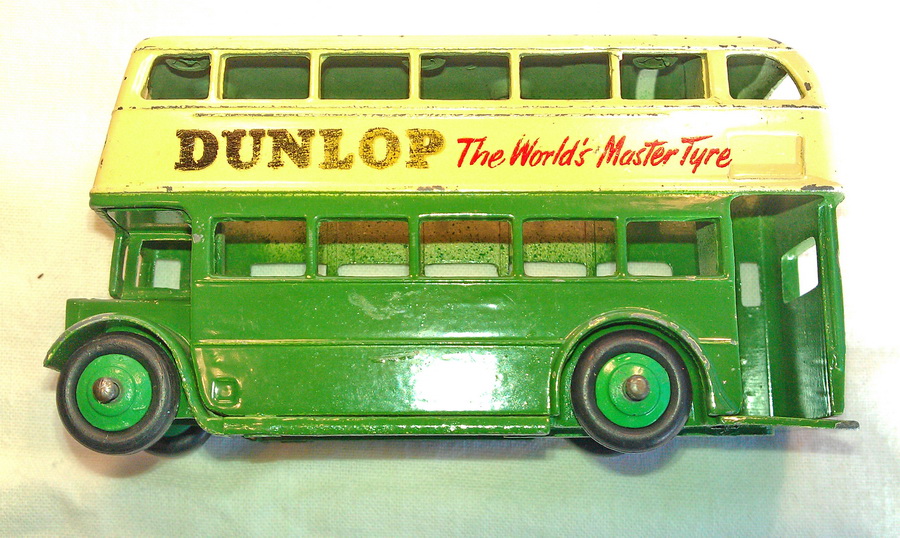
Type 3 AEC: On the right long inner side 4 vertical interior ribs corresponding with the window bars (also 4 ribs on the opposite) and 3 raised ejector marks on the long inside of the roof (also 3 raised ejector marks on the opposite of the roof).
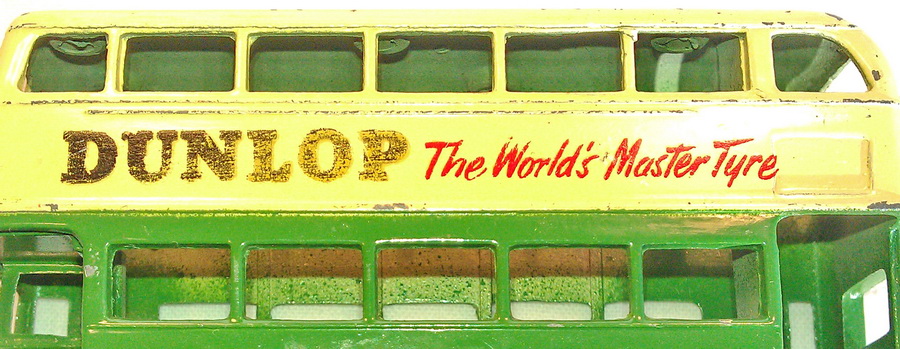
Type 3 AEC: Close up of the photo above.
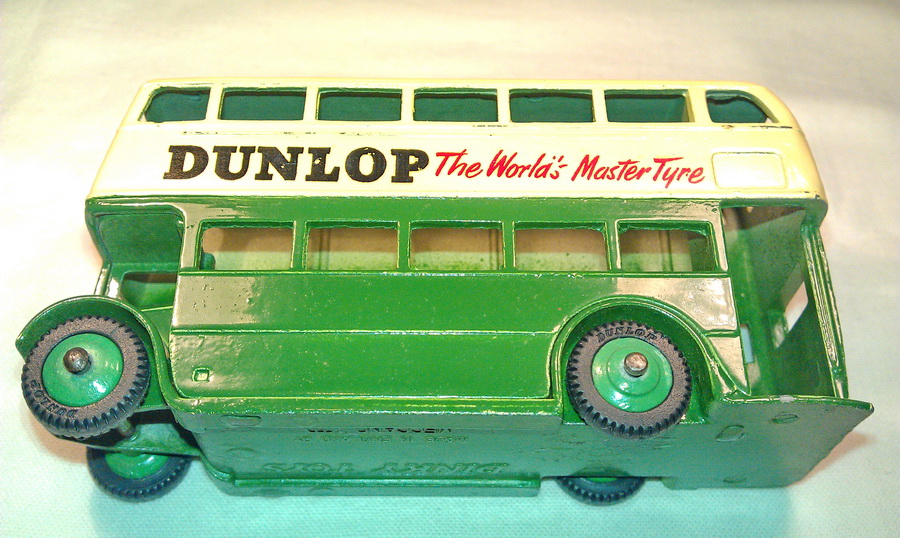
Type 2 Leyland: On the right long inner side 3 vertical interior ribs corresponding with the window bars (also 2 ribs on the opposite) and 3 flat ejector marks on the long inside of the roof (also 3 flat ejector marks on the opposite of the roof).
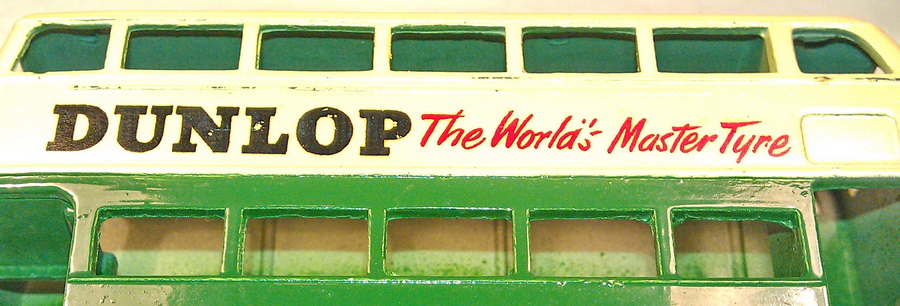
Type 2 Leyland: Close up of the photo above.
Note: In comment #14 of Terry and # 15 of Jan W are Type 1 AEC pictured with visible interior ribs.
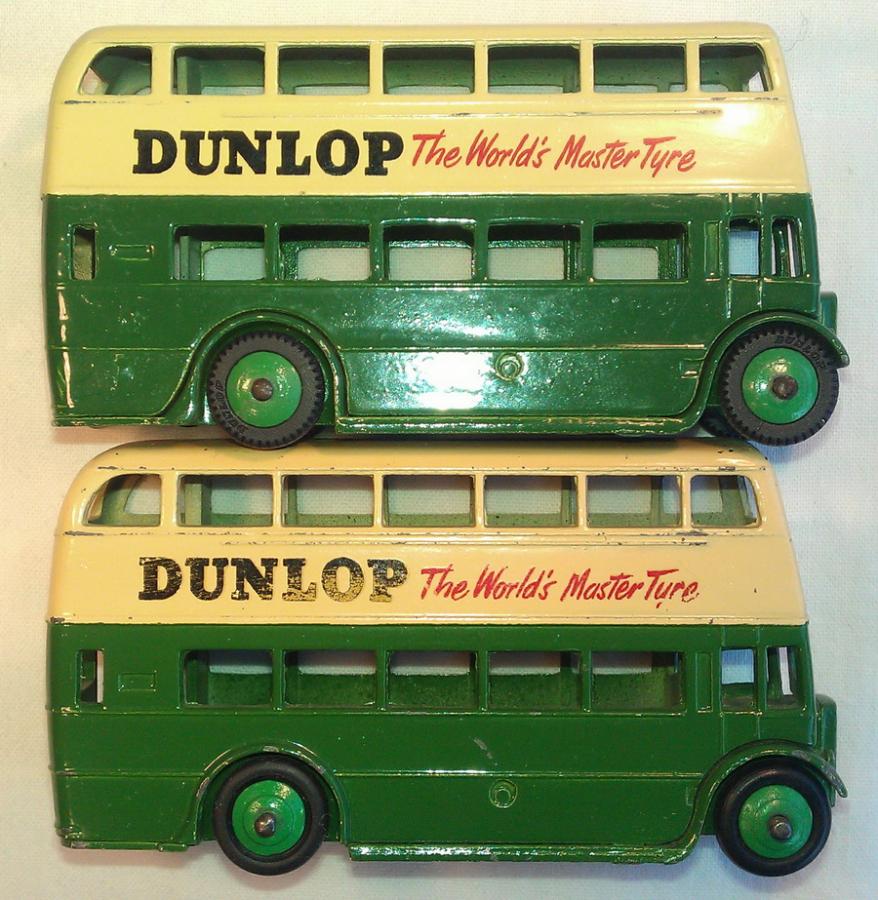
Above type 2 Leyland grille with wider window bars - below type 3 AEC grille with narrower window bars.
There is more special about type 2 and 3. Richardson states on the bottom of page 46 GB of DT: "Grilles 2 & 3 alternate: 2 (1948) - 3 - 2 - 3 to 1959 then 2”, which is very remarkable. So, it is possible that both models were in the shop at the same time.
Roger Bailey pointed out to me that in the lower left corner of the factory photo below of the ladies of the touch up department on the assembly line a double deck bus is shown with a roof box, while the other double deck buses do not have a roof box. So there were 2 different double deck bus castings simultaneously on the assembly line. You can see it enlarged on page 16 of Bailey’s book. The question remains how they were boxed.
As Roger Bailey states: “There were no special boxes produced for type 3. The general assumption is that all the type 3’s were sold in trade boxes (ie. not boxed individually). However, it seems likely that some were sold in Type 2 boxes.” This answers my question in comment #36, but usually each model got from the renumbering period an individual box. Perhaps there are members who received a type 3 AEC grille new as a child and can tell us in what kind of box they received them. After all, it was issued in our childhood.
Jan Oldenhuis, 10 January 2022
More casting differences in pictures. Its funny to discover casting differences on the inside of models. I like to make it visible in pictures, but it is not easy to photograph it clearly.
Photo 1: Leyland Double Deck Bus Dunlop with inner smooth wider upper front window style without strengthening. The inside roof is smooth with 6 flat ejector markings
Photo 2: Leyland Double Deck Bus Dunlop with strengthening inner smaller upper front window style. The inside roof is smooth and has 6 raised ejector markings and 2 raised ribs between the corresponding window styles.
Photo 3: AEC Double Deck Bus Dunlop with hole in smooth inside base
Photo 4: AEC Double Deck Bus Dunlop outside base with hole and raised metal strip
Photo 5: Leyland Double Deck Bus Dunlop inside base with raised metal rib in the middle of the base from cabin to open platform
Photo 6: Front of 4 Double Deck Bus Dunlop. First two left with straight Dunlop lettering. Last two right with Italic Dunlop lettering.
Photo 7: Back of 4 Double Deck Bus Dunlop
Photo 8: Left side 4 Double Deck Bus Dunlop
Photo 9: Right side 4 Double Deck Bus Dunlop
Jan Oldenhuis 27 September 2022
Hi all
Is there anyone on the forum who can contact Brian Hooper regarding the 29c/290 buses? Dave Busfield was in touch with him but he, alas, is no longer available to ask.
It's in connection with the article that he wrote for Issue 63 of The Journal. He mentions in column 3 of page 8 that "In 1949, a raised metal strip appeared along the centre of the inside floor . ." and that he had never come across this variation.
I have an example of just that variation (sadly a Code 3 representing a 291) and wonder whether anyone else had found an example and if they were scarce?
Sorry if I'm wrong, but as far as I know Brian died a few years ago. Regards, Jan
Jan, I was afraid that might be the case. Thank you.
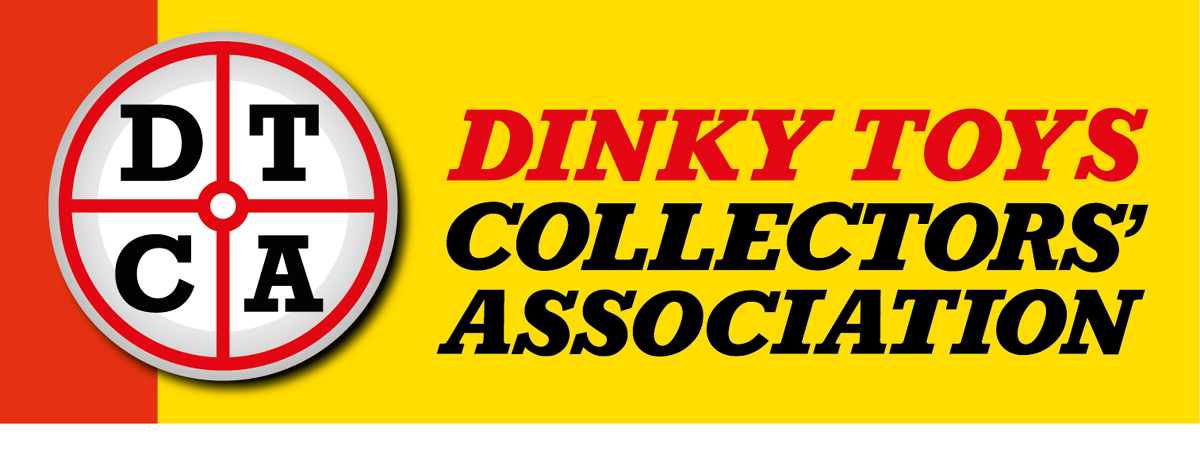

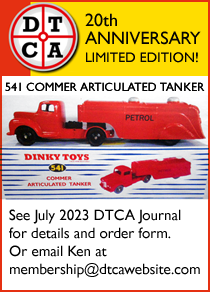
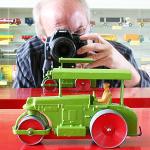
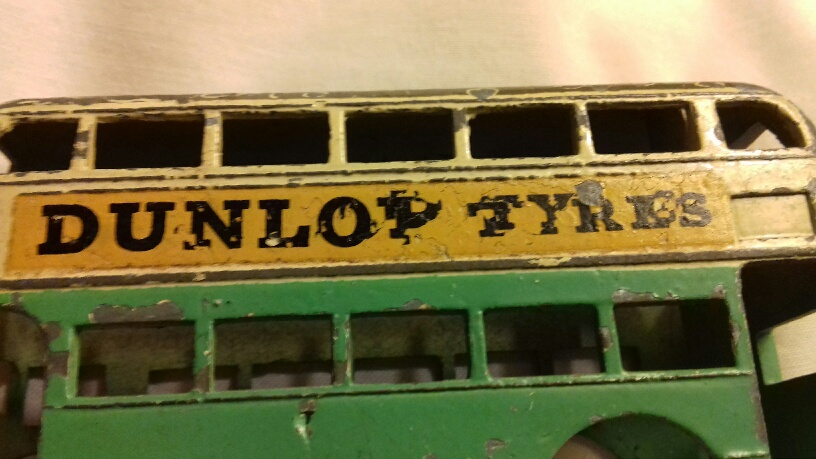

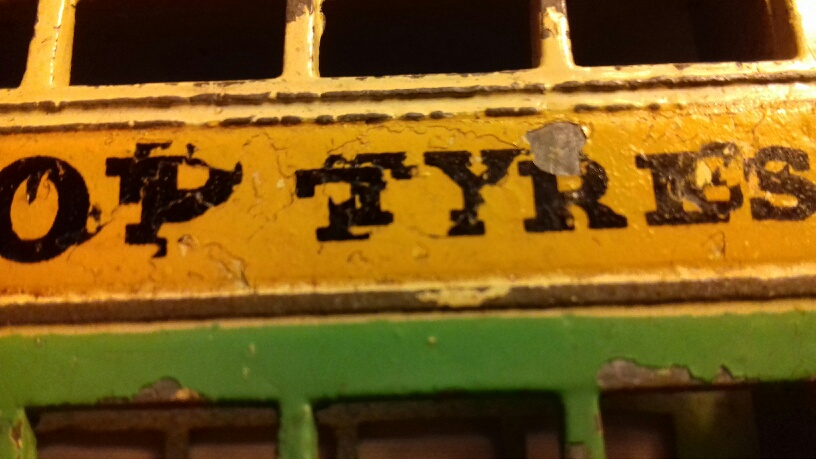

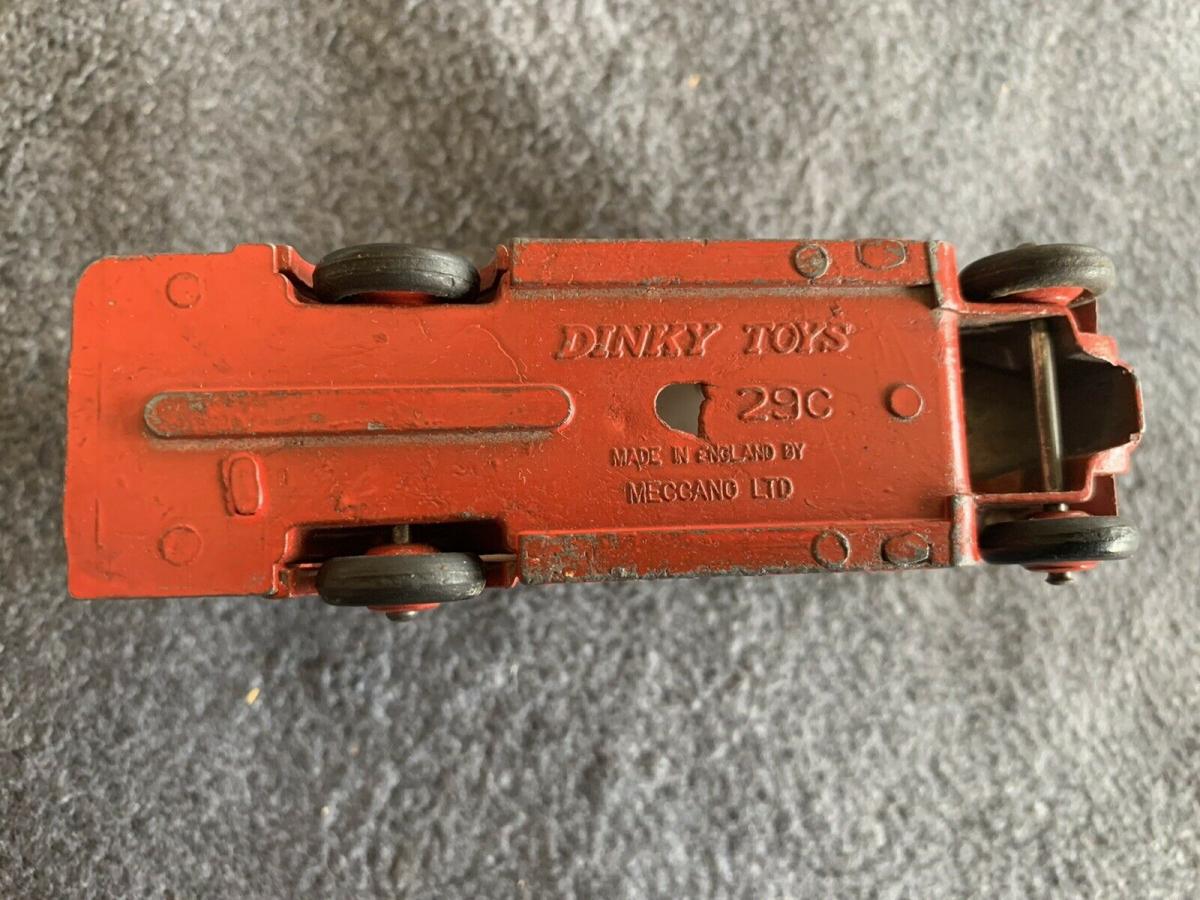
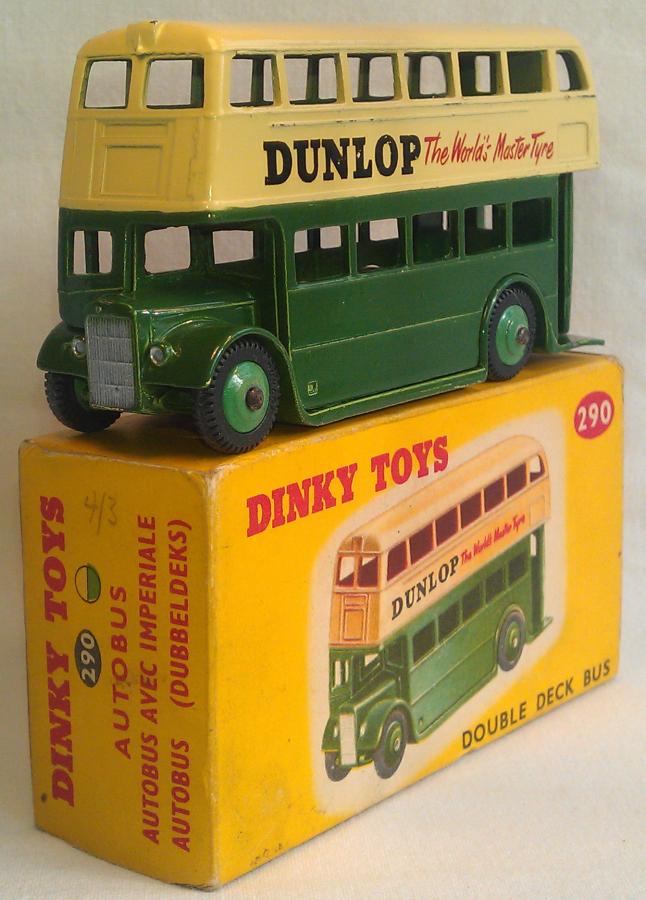

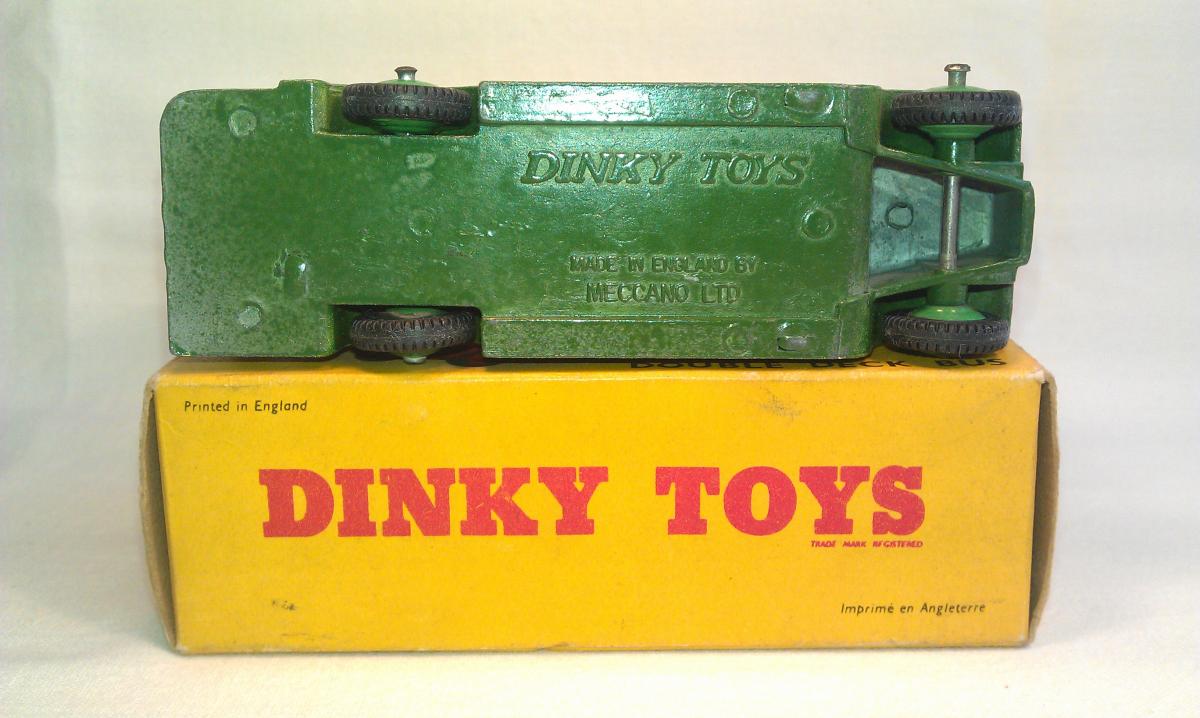
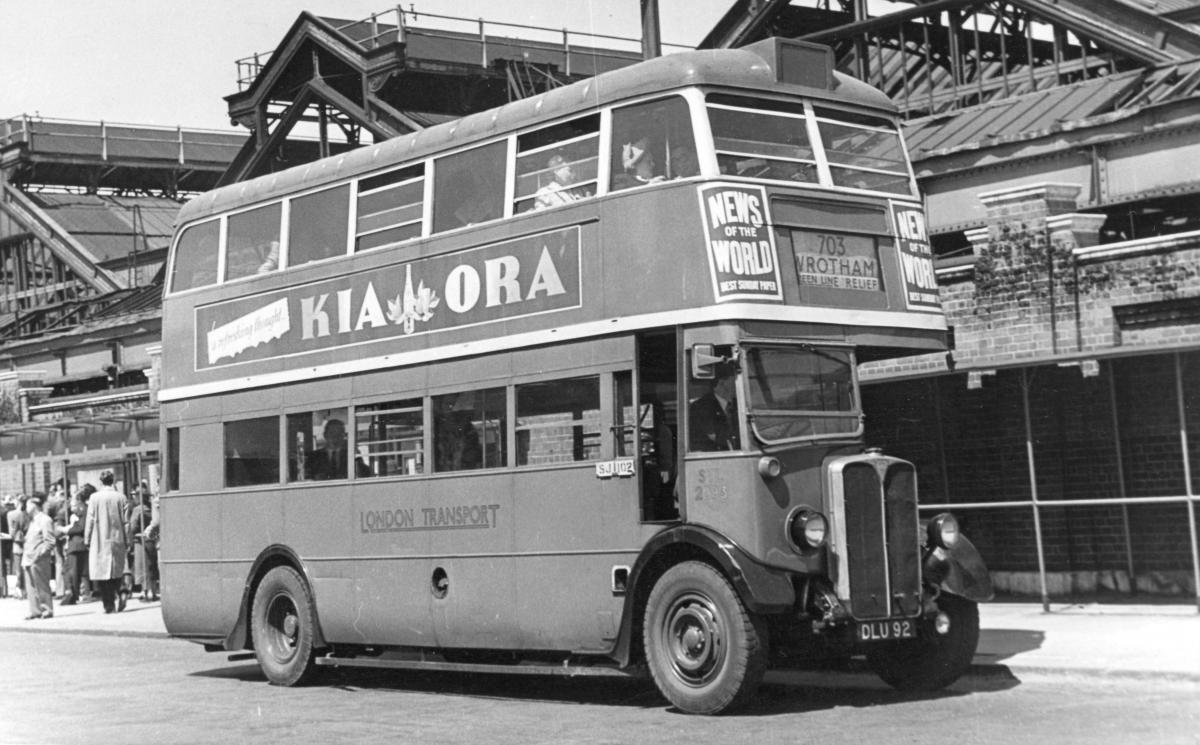
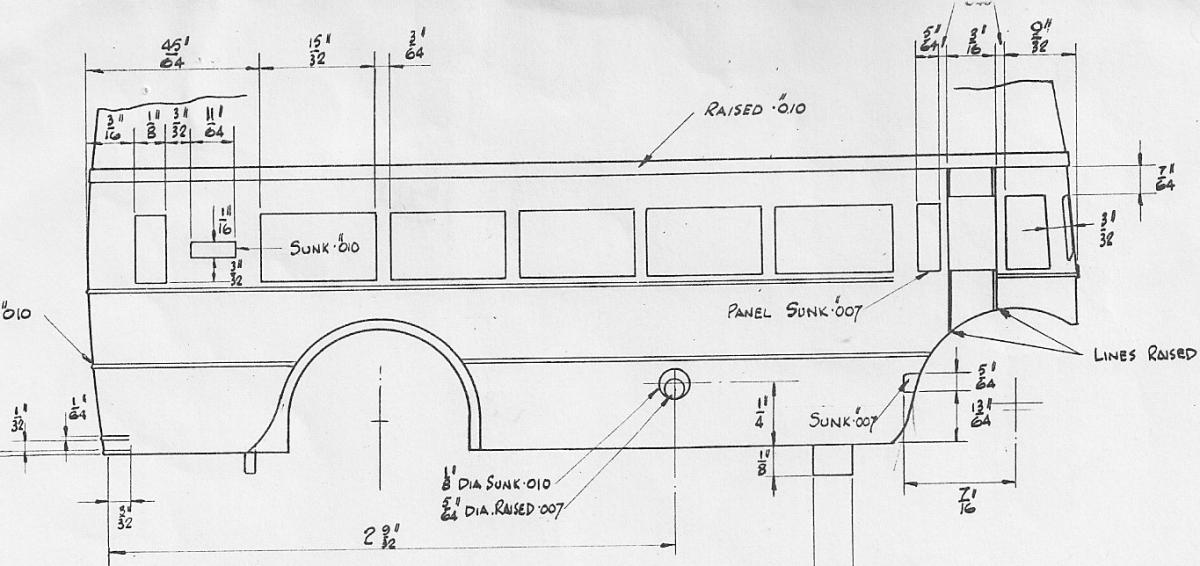
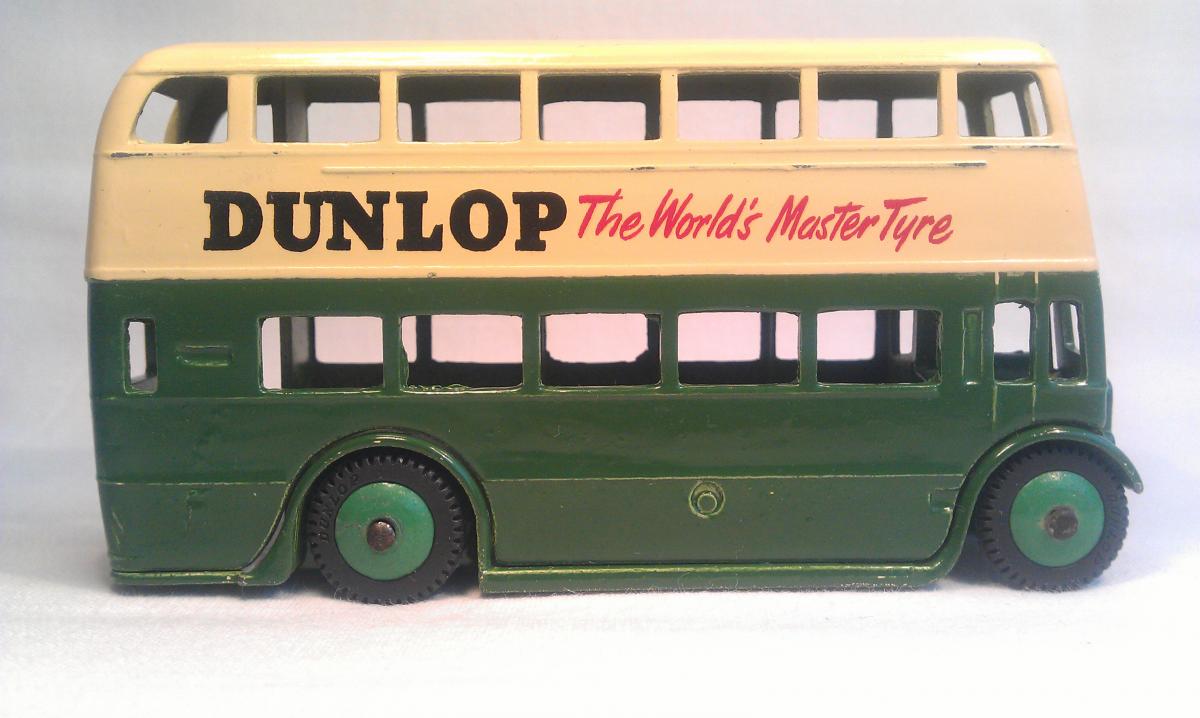
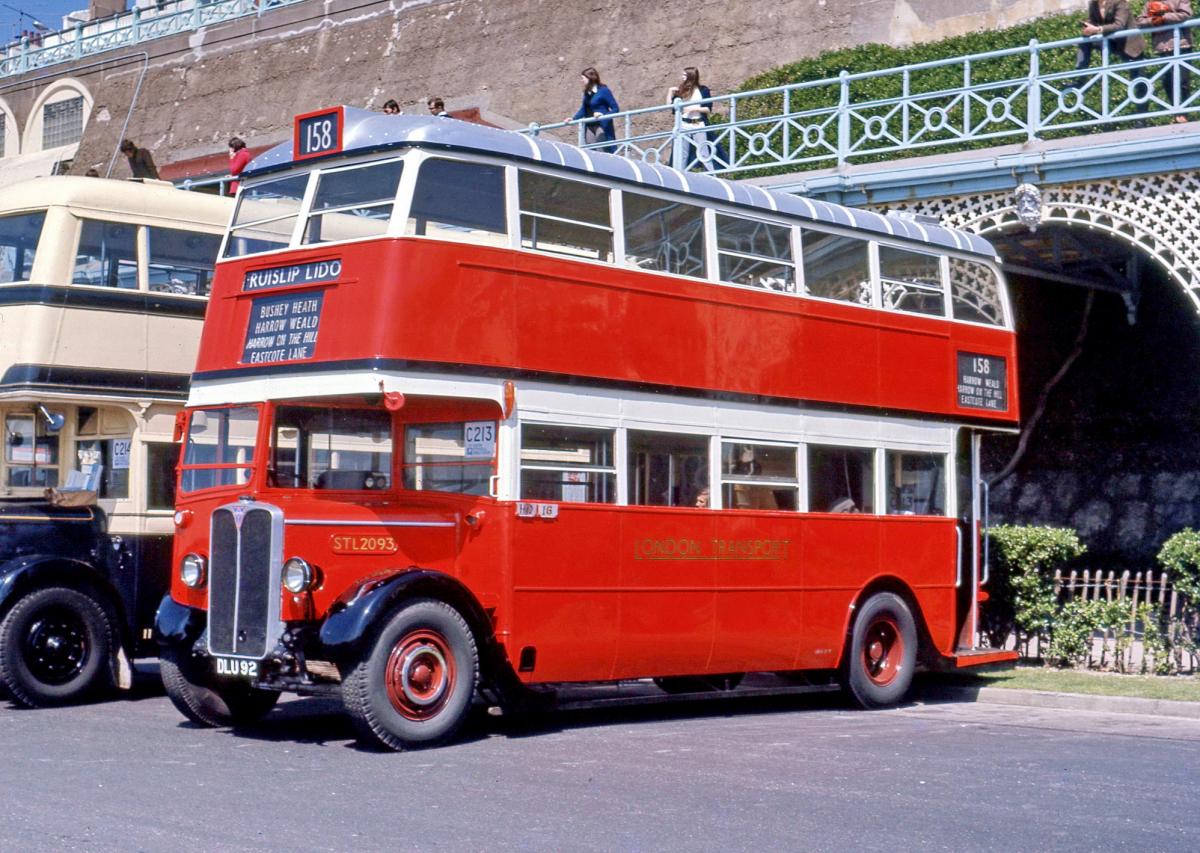
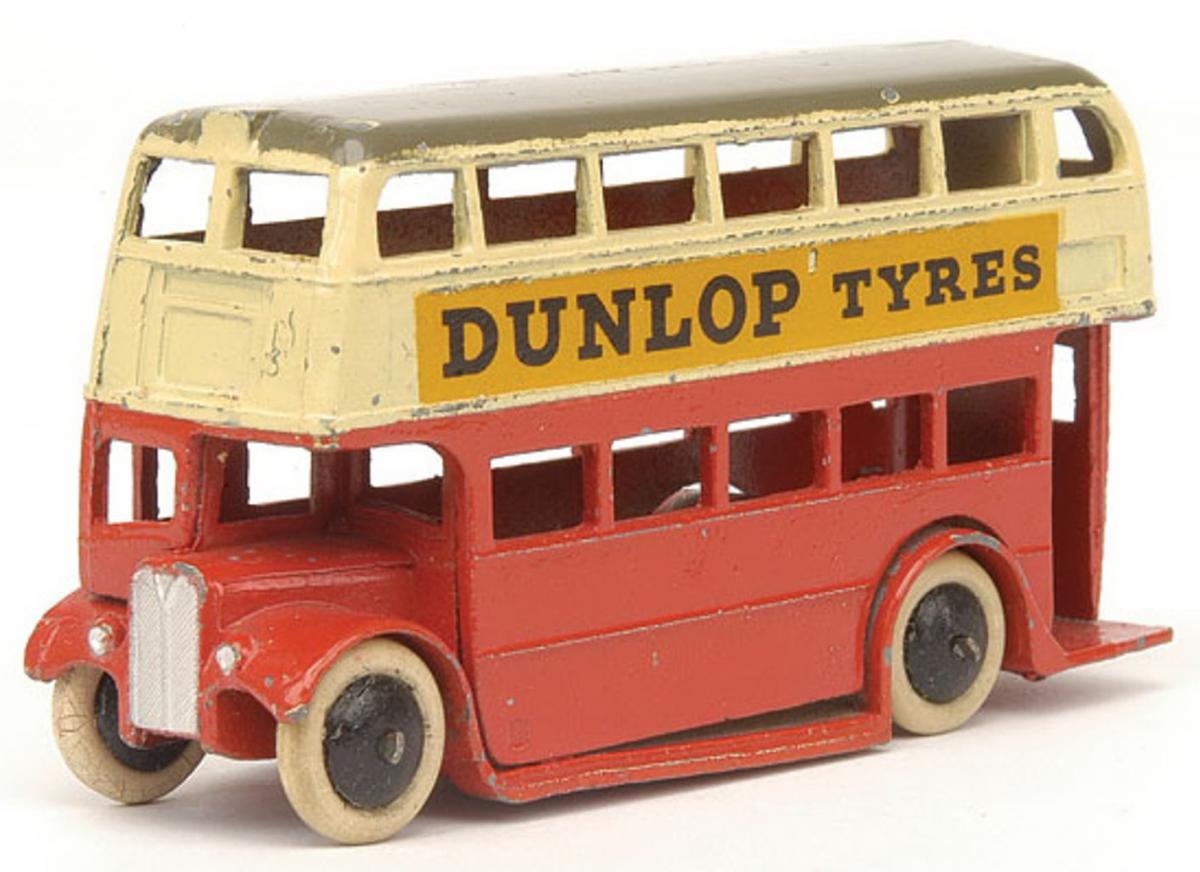
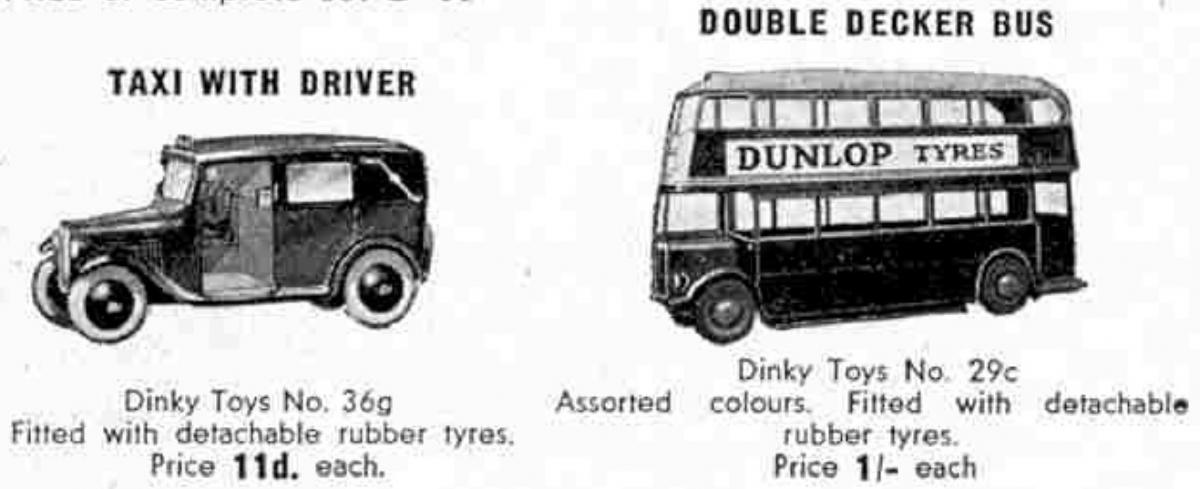

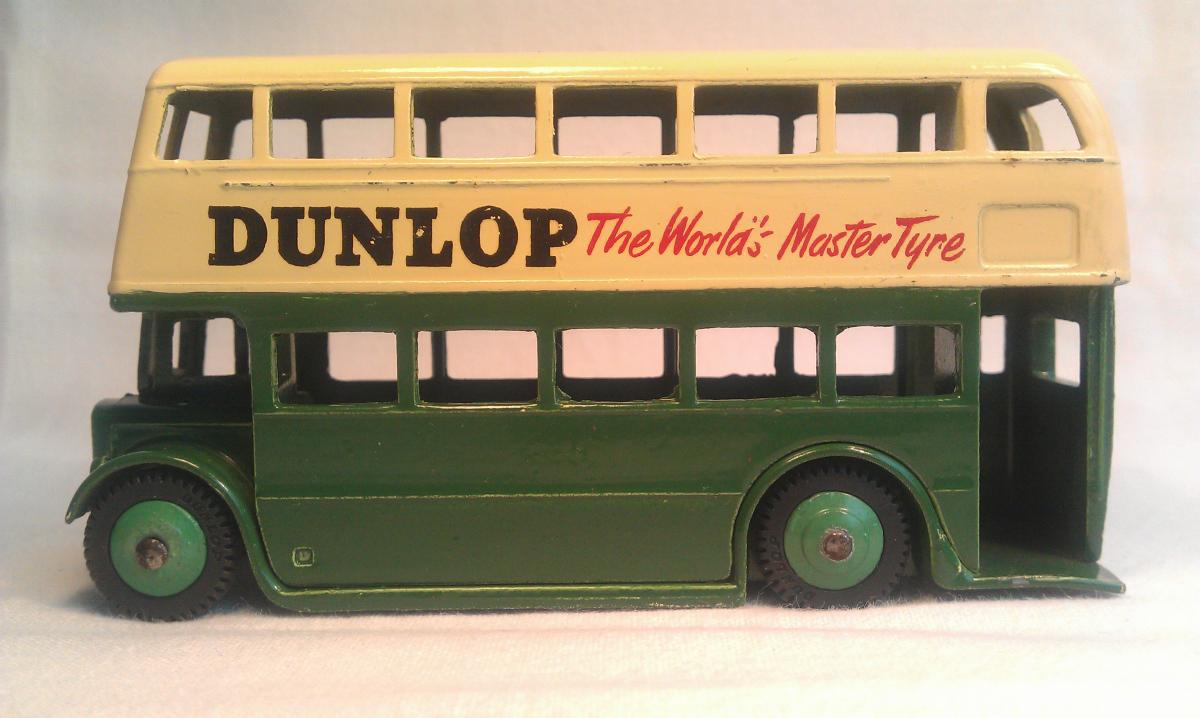
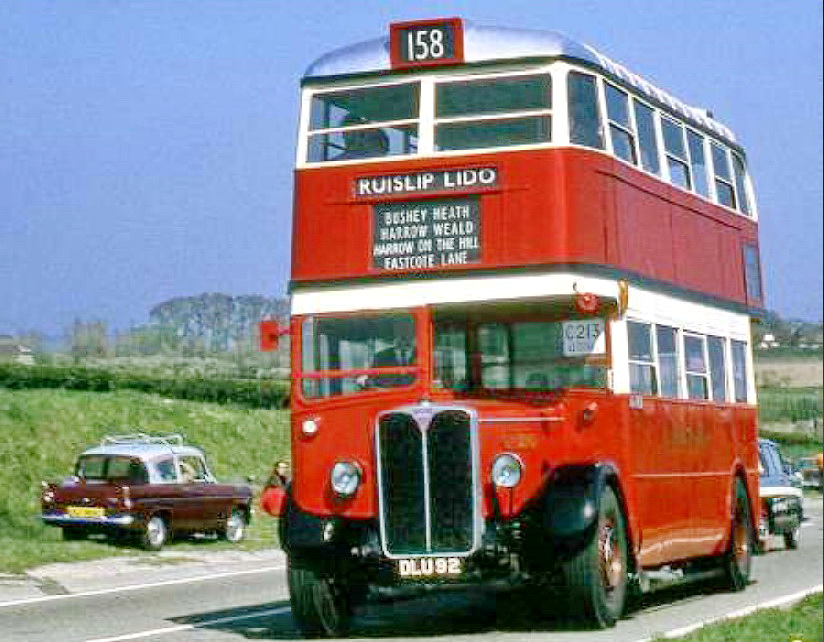


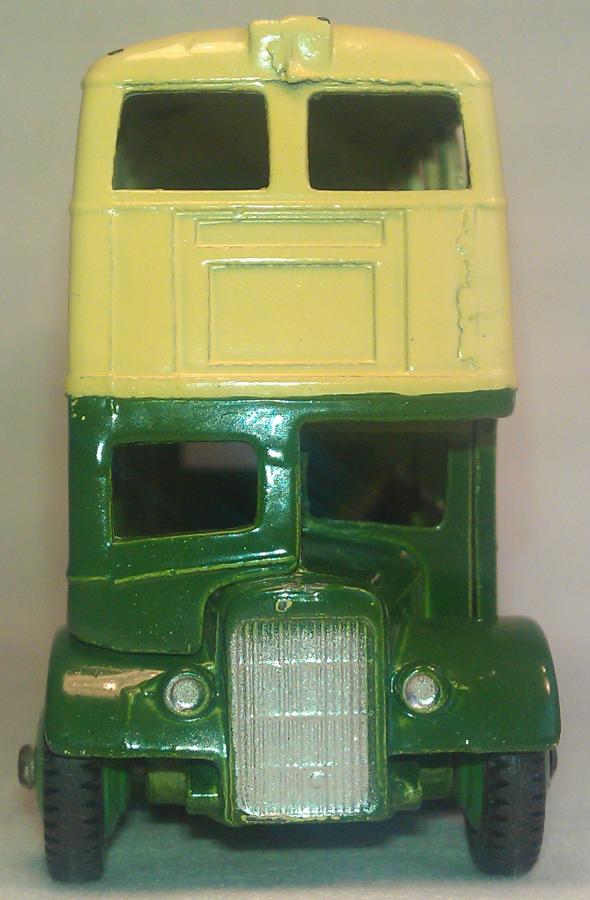
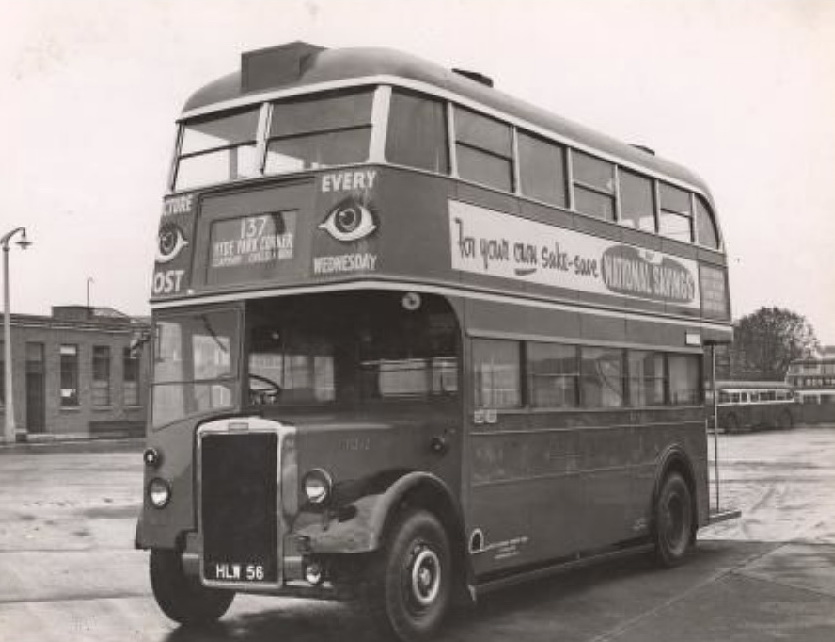

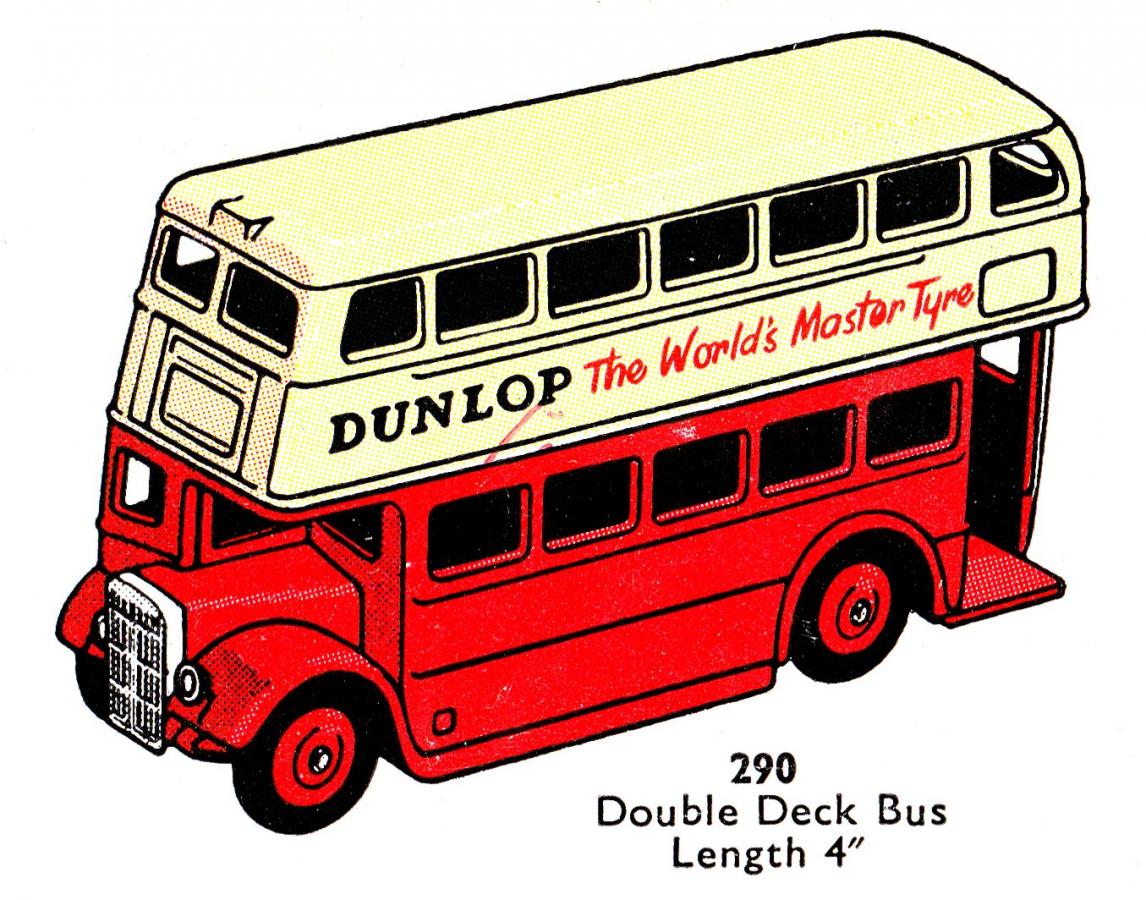
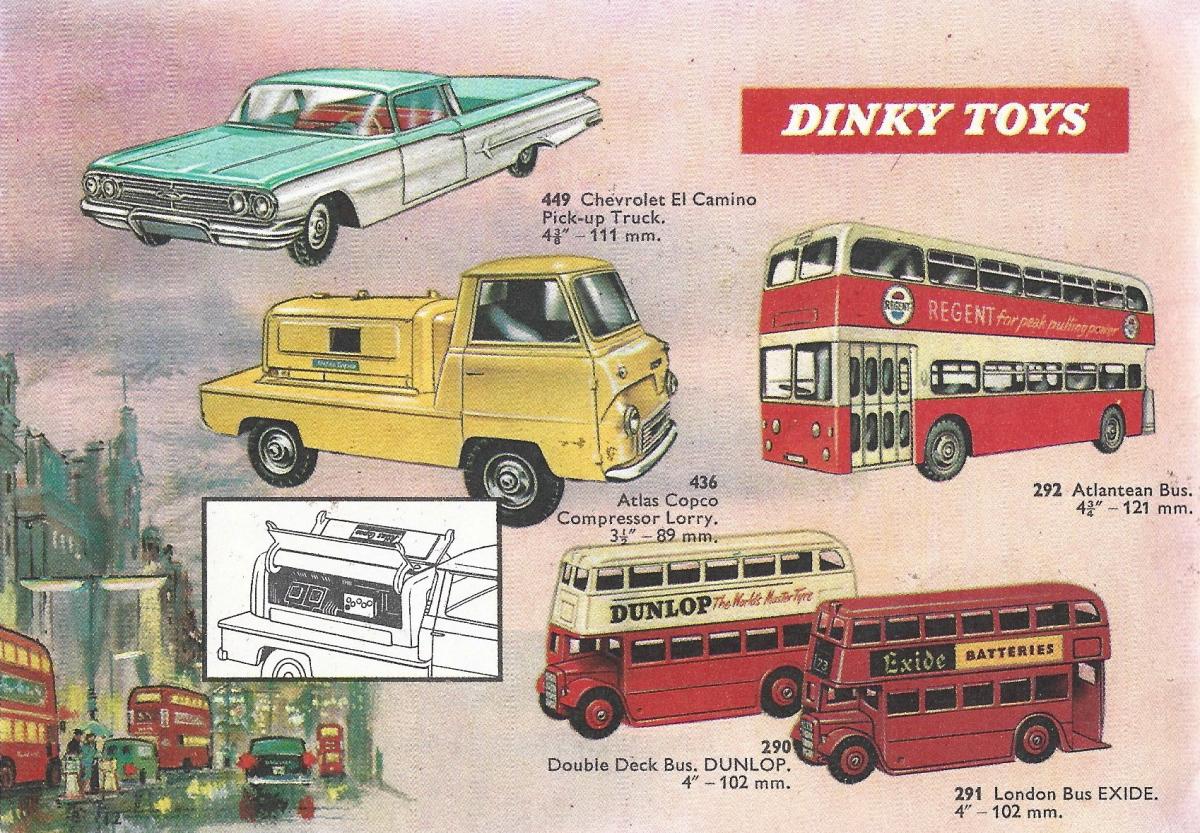
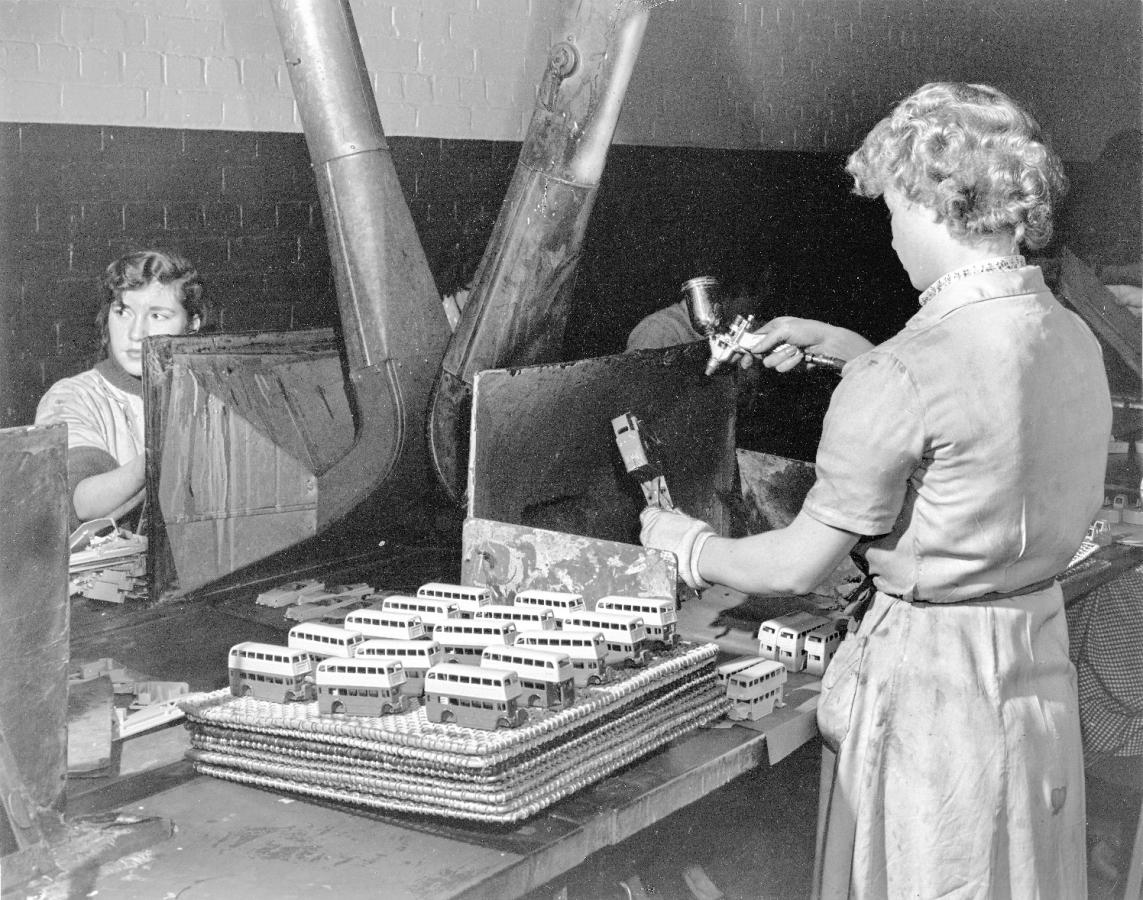
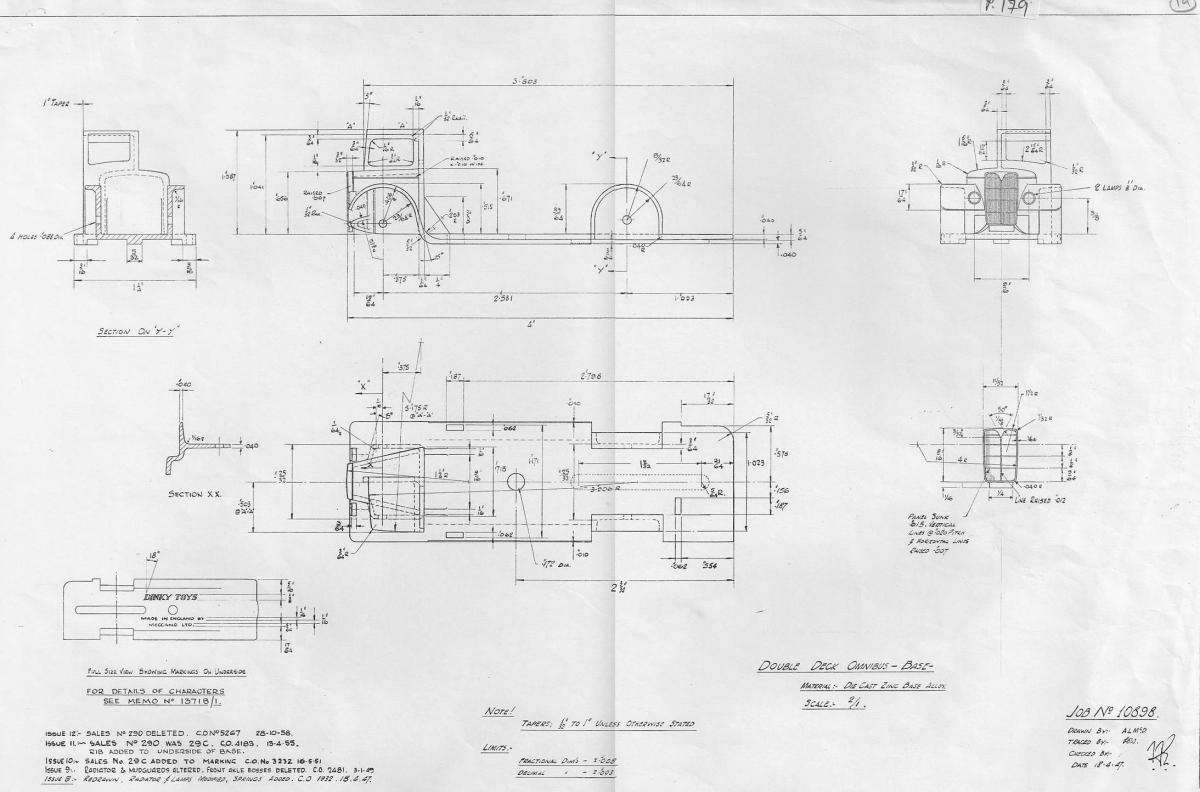
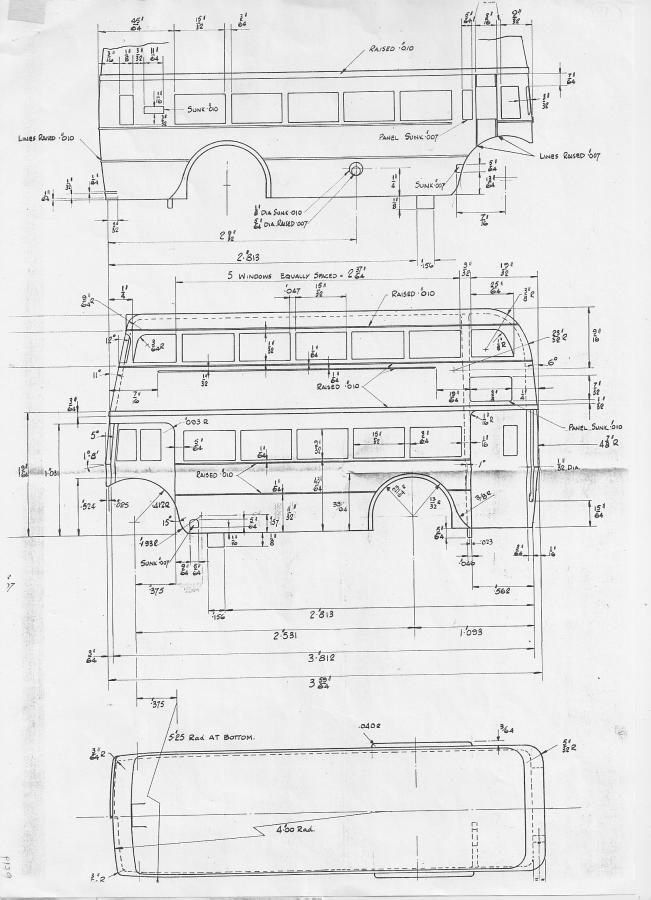


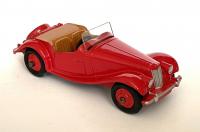
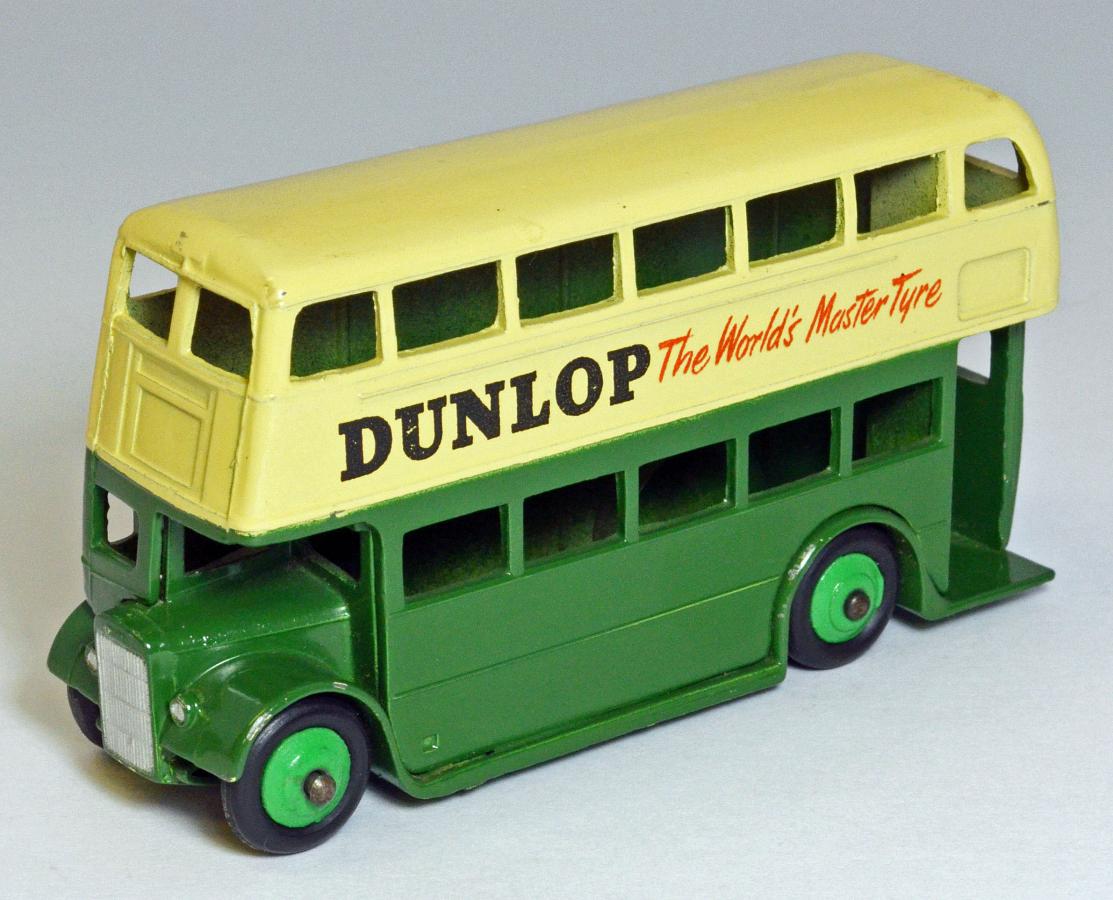
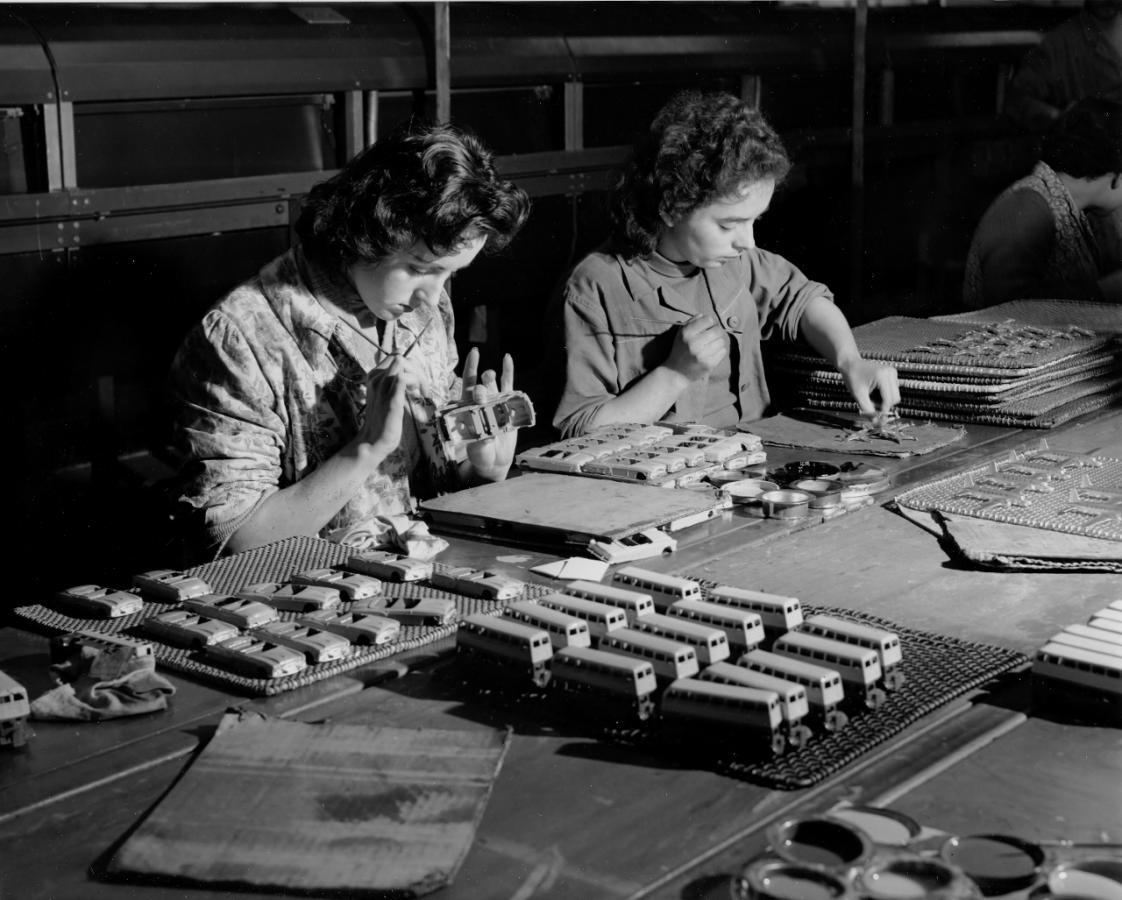
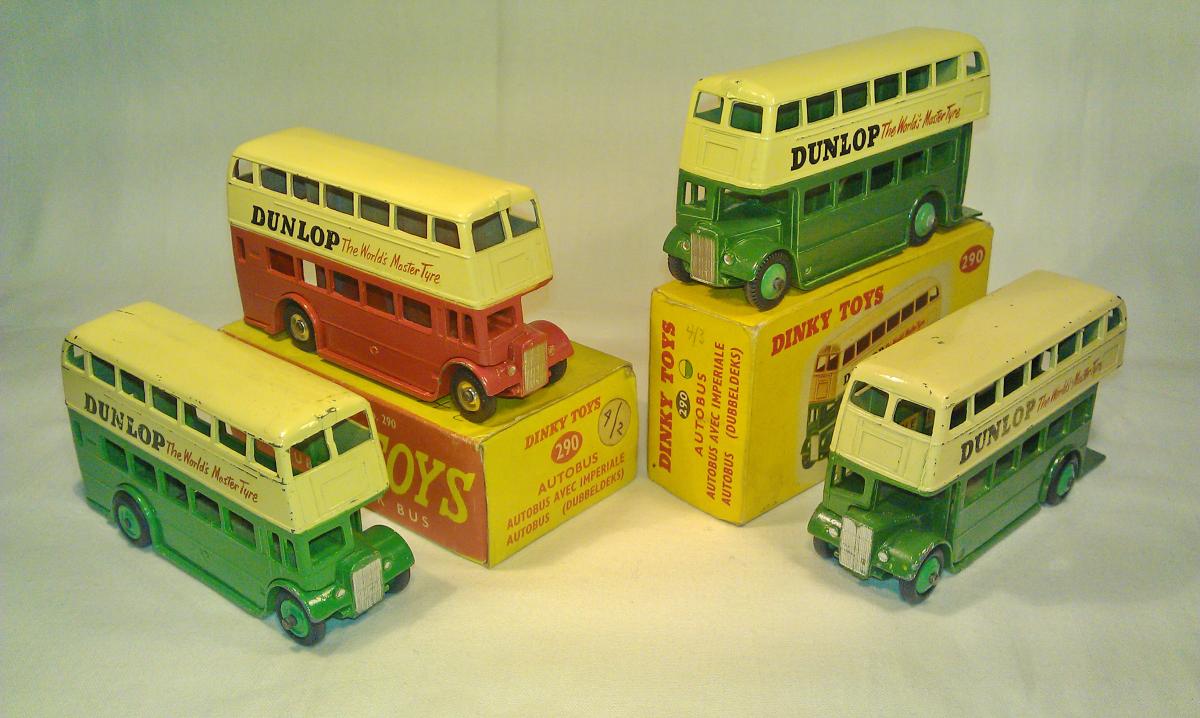
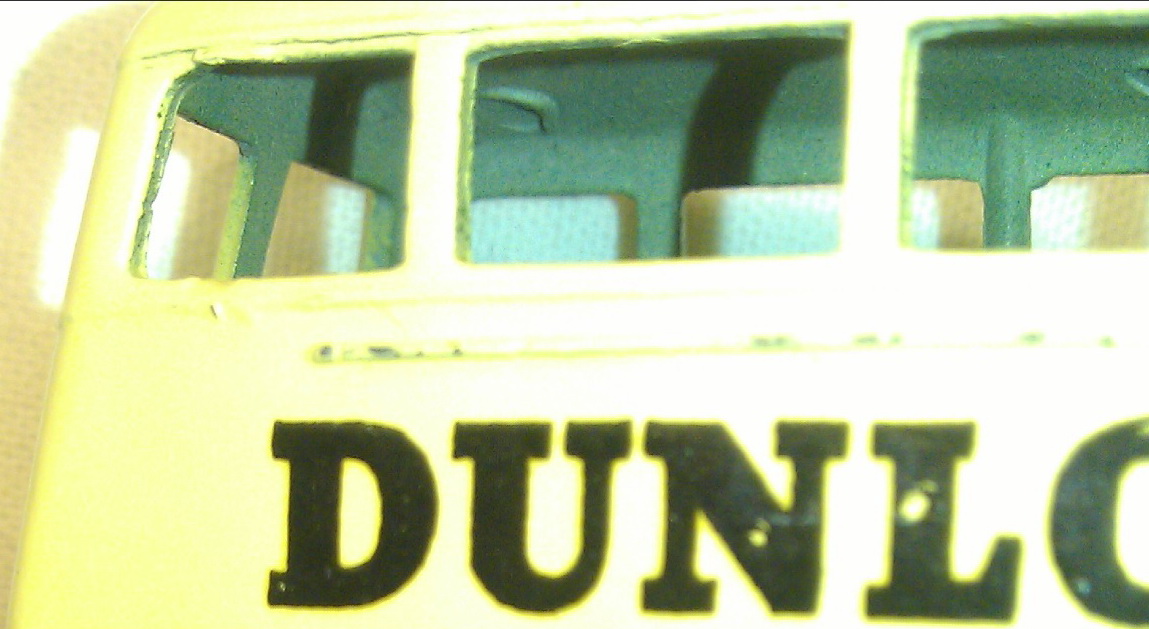
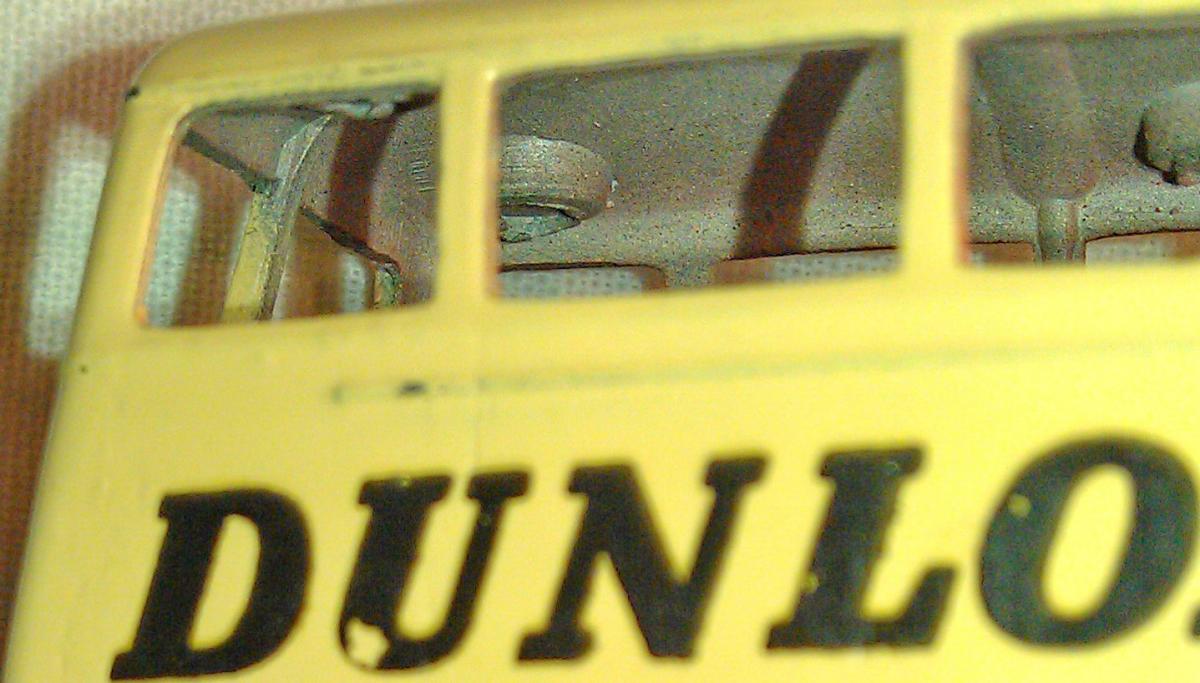
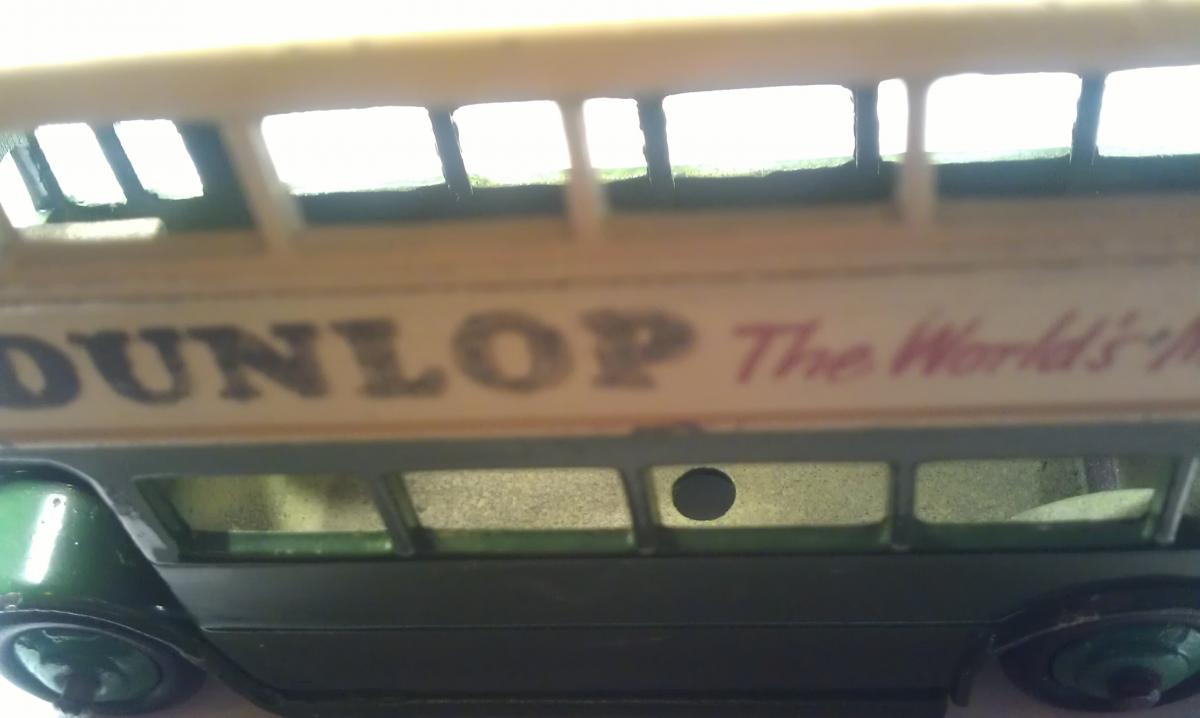

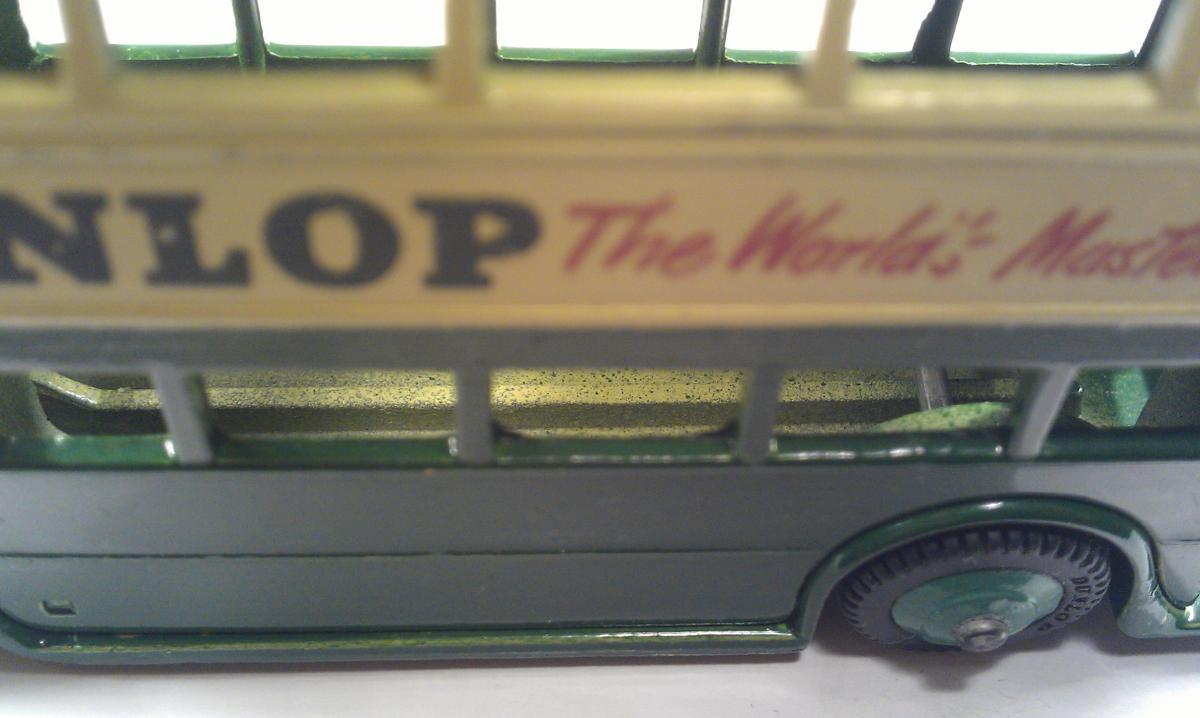
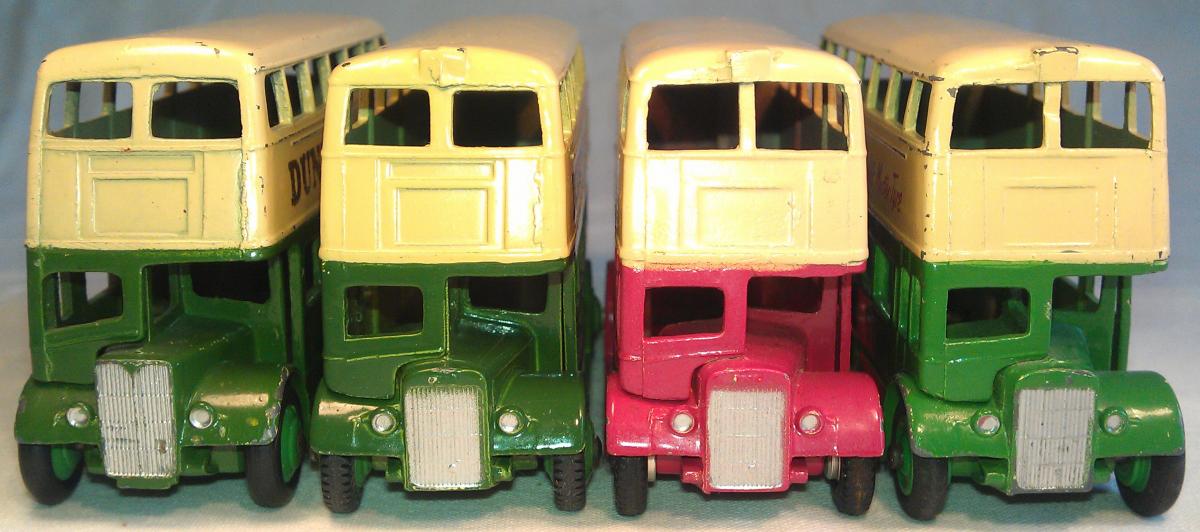
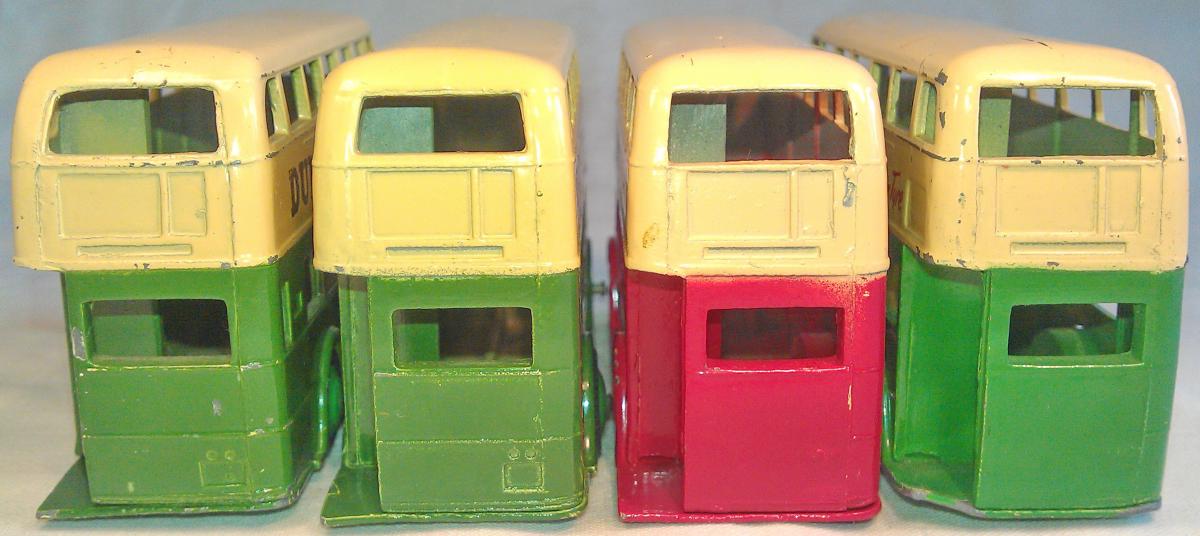


-914 AEC Articulated Lorry (1965-70)
-163 Bristol 450 Sports Coupé (1956-60)
-163 Bristol 450 Sports Coupé (1956-60)
-914 AEC Articulated Lorry (1965-70)
DTCAwebsite upgrade 2023
DTCAwebsite upgrade 2023
DTCAwebsite upgrade 2023
DTCAwebsite upgrade 2023
DTCAwebsite upgrade 2023
DTCAwebsite upgrade 2023
-508 DAF
--14c and 401Coventry Climax Fork Lift Truck (1949-64)
FRENCH DINKY TALBOT LAGO
-Boxes General Discussions including end flaps, both British and French
--14c and 401Coventry Climax Fork Lift Truck (1949-64)
--14c and 401Coventry Climax Fork Lift Truck (1949-64)
-508 DAF
DTCAwebsite upgrade 2023
DTCAwebsite upgrade 2023
DTCAwebsite upgrade 2023
DTCAwebsite upgrade 2023
DTCAwebsite upgrade 2023
-508 DAF
-508 DAF
-508 DAF
New arrivals
New arrivals
DTCAwebsite upgrade 2023
DTCAwebsite upgrade 2023
ORIGINAL MECCANO DINKY TOYS FACTORY BOX ART 175 HILLMAN MINX SALOON + DRAWING
--29c and 290 Double Decker Bus (1938-63)
DTCAwebsite upgrade 2023
DTCAwebsite upgrade 2023
DTCAwebsite upgrade 2023
DTCAwebsite upgrade 2023